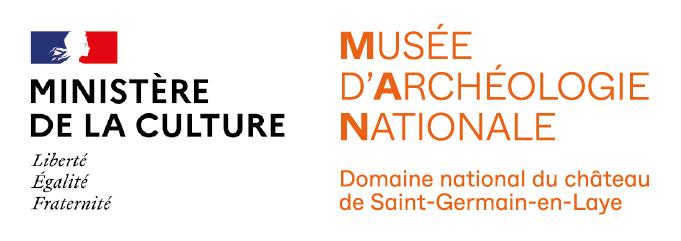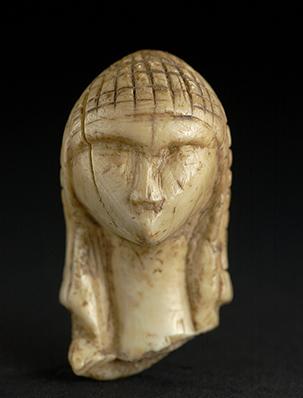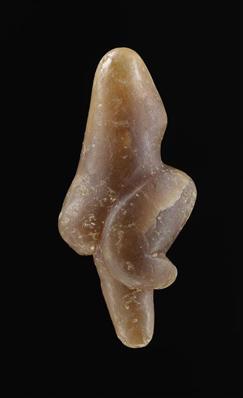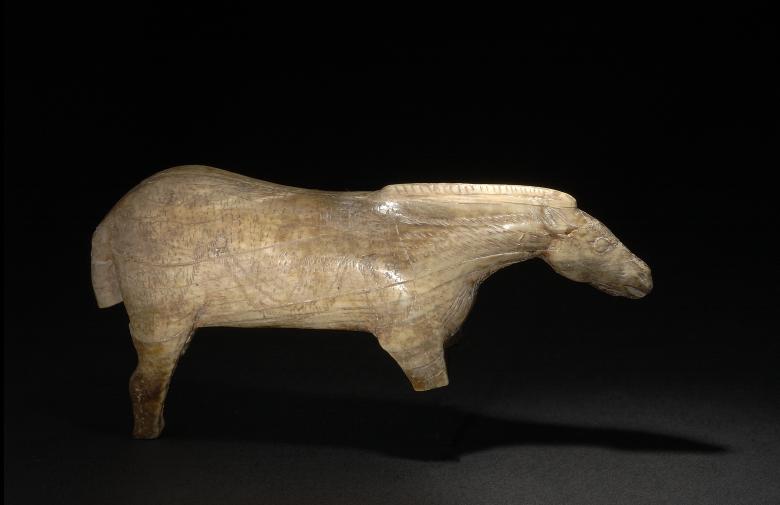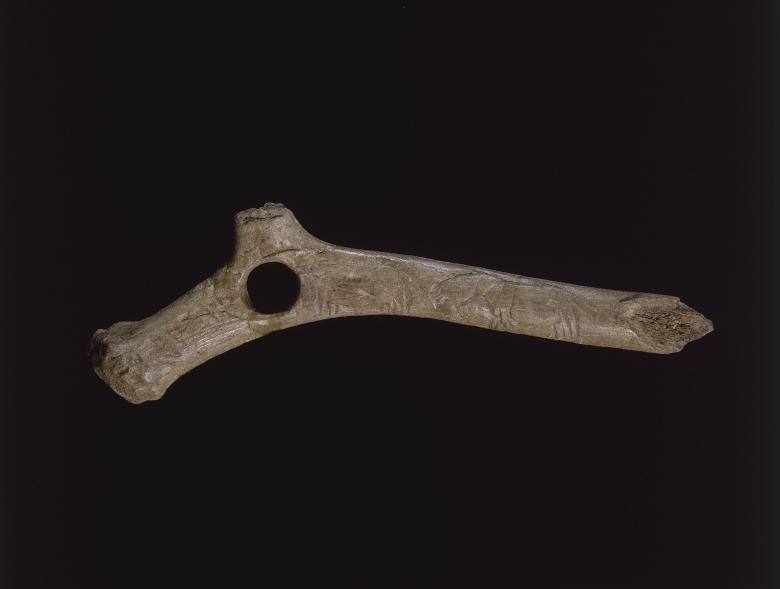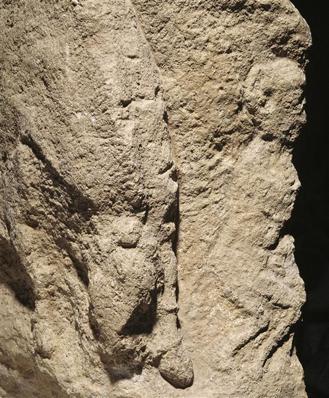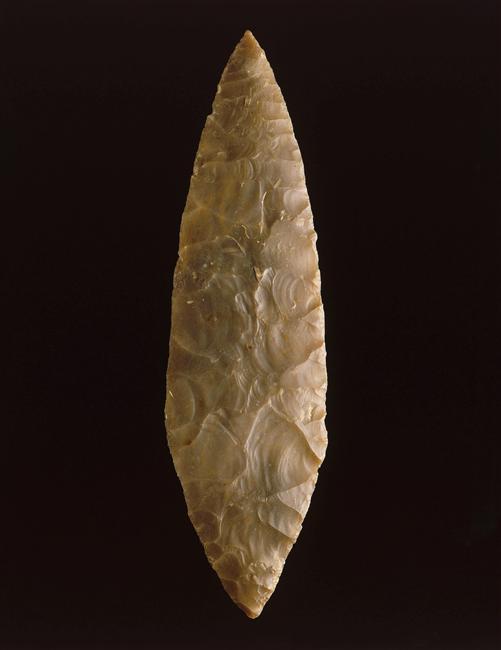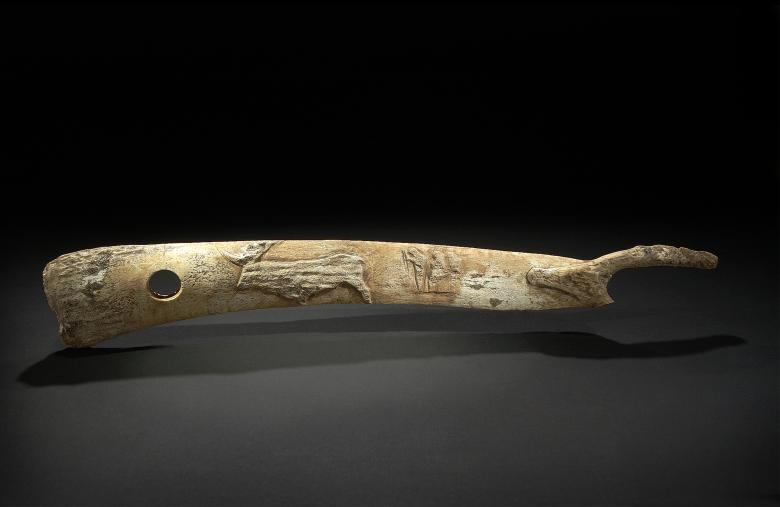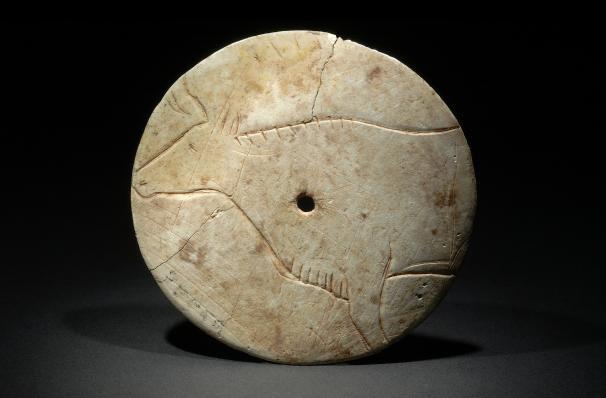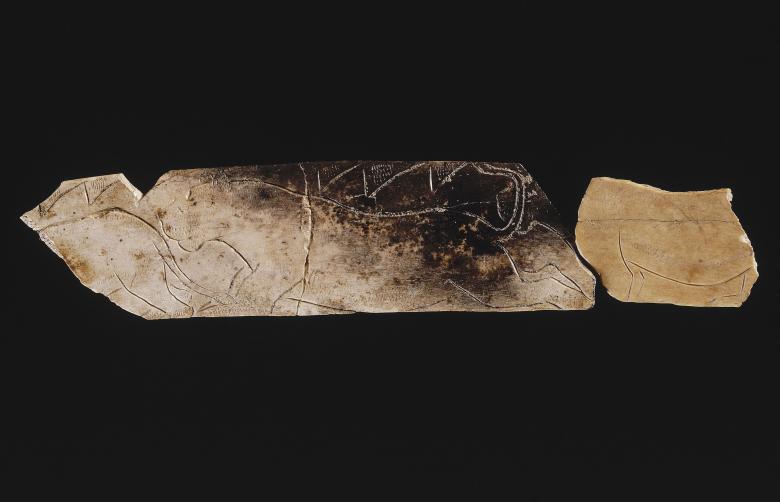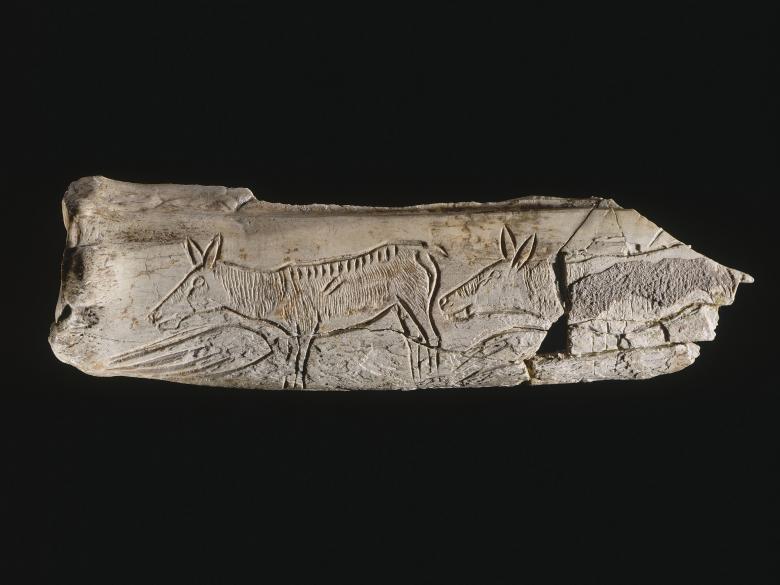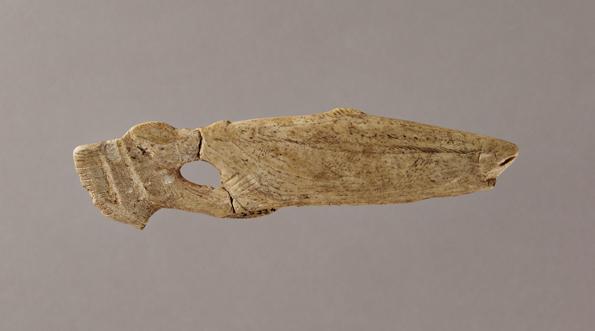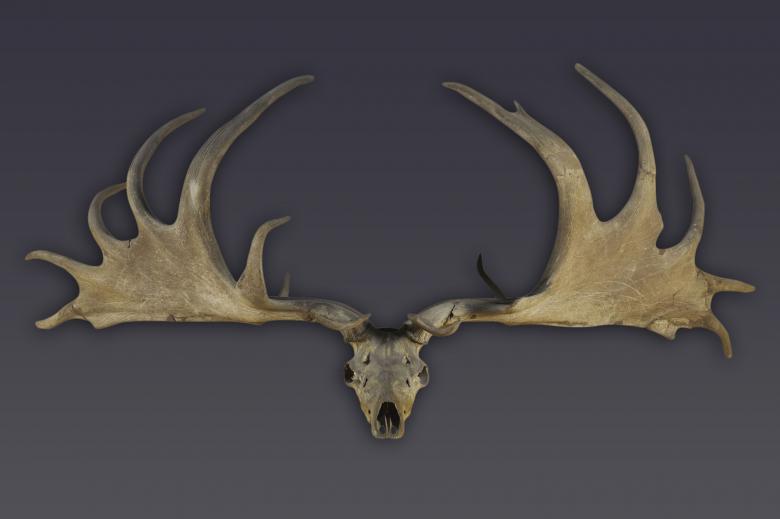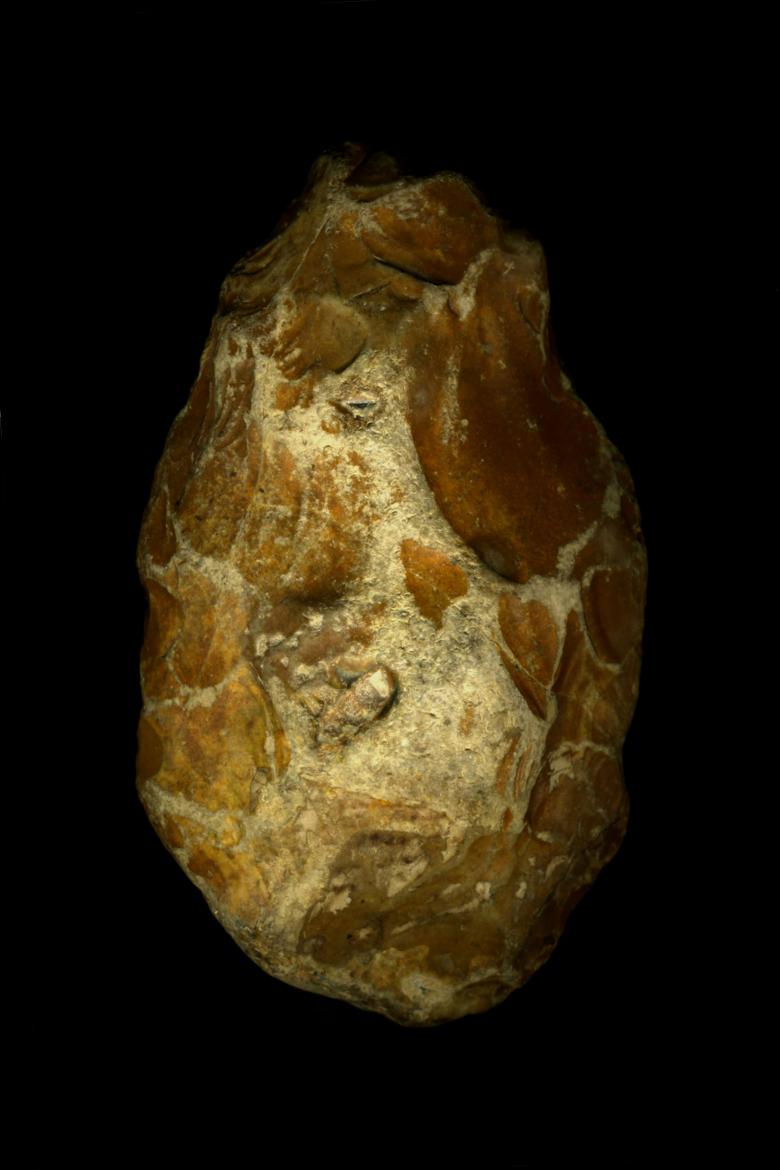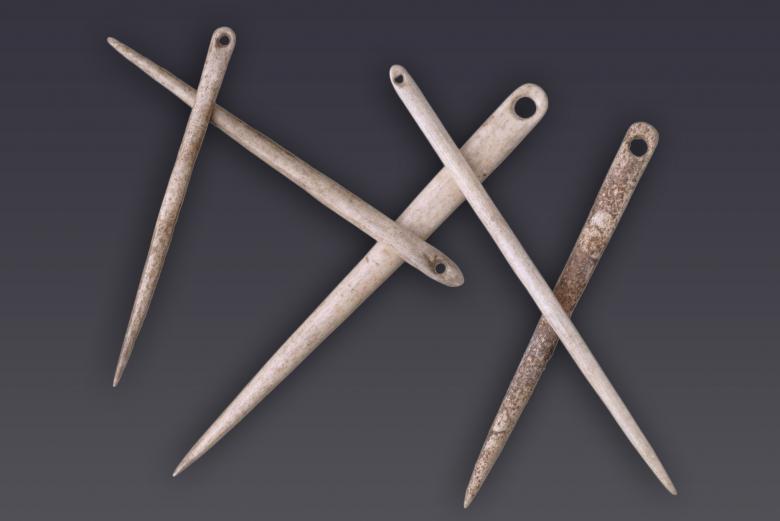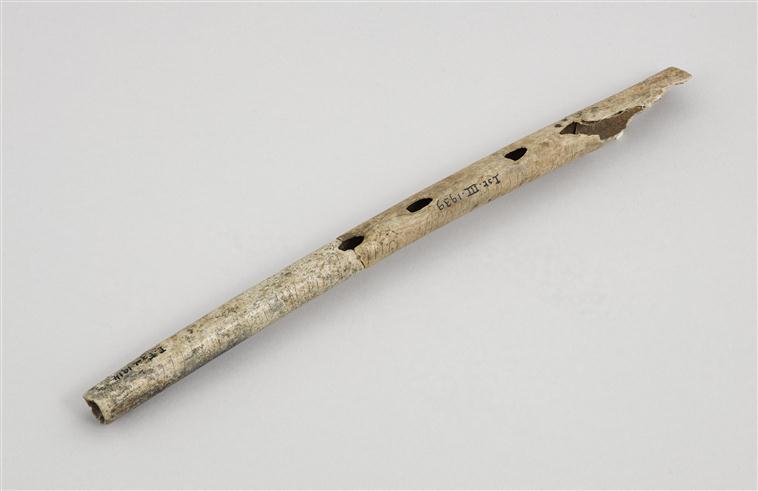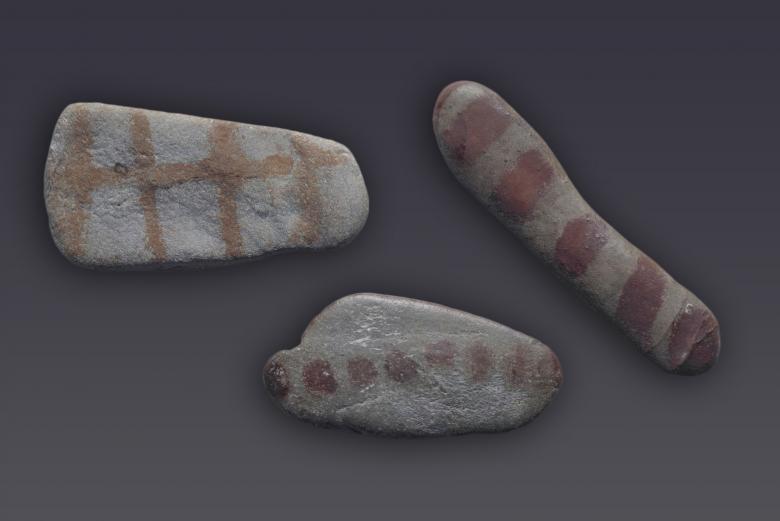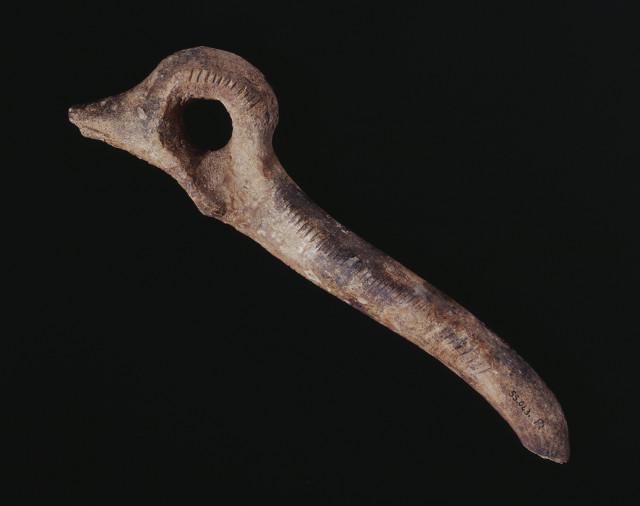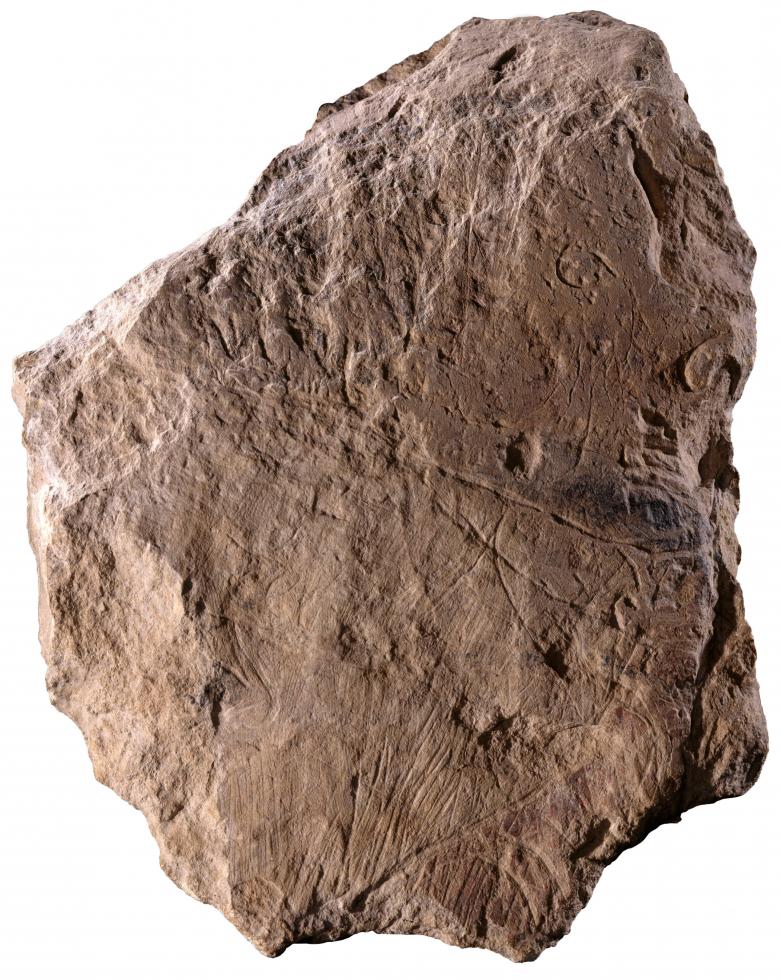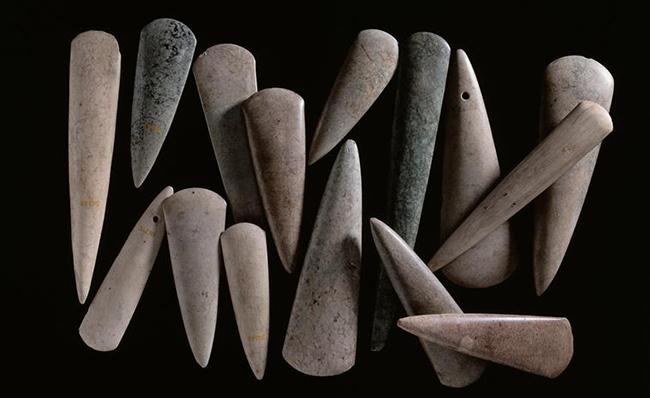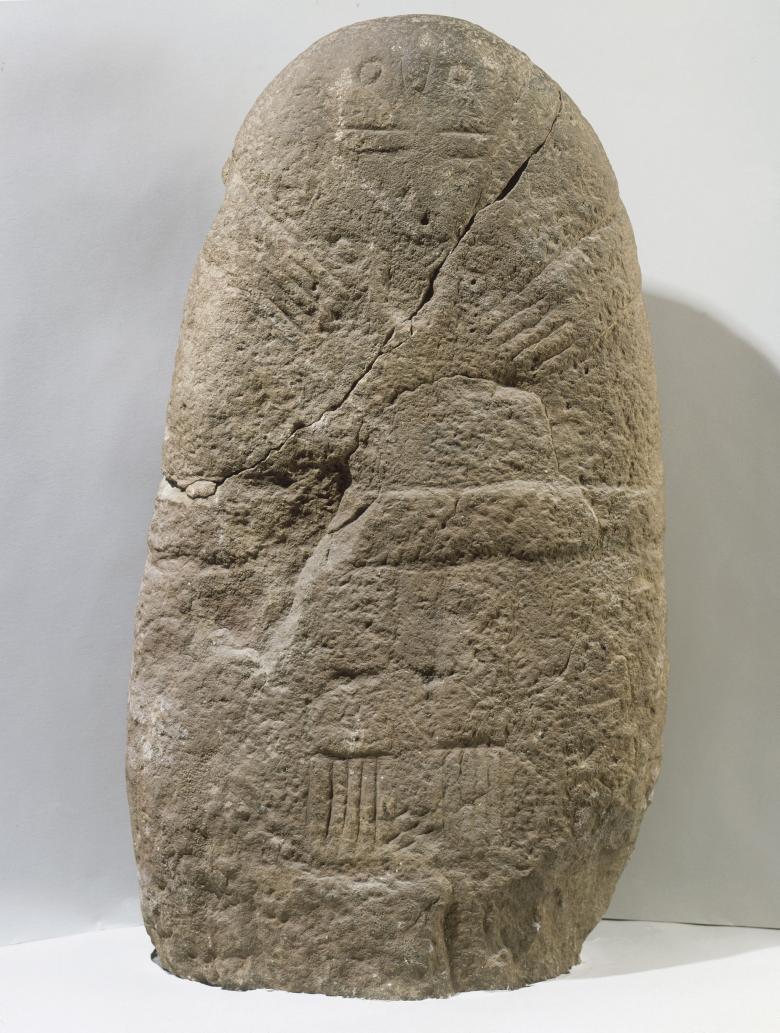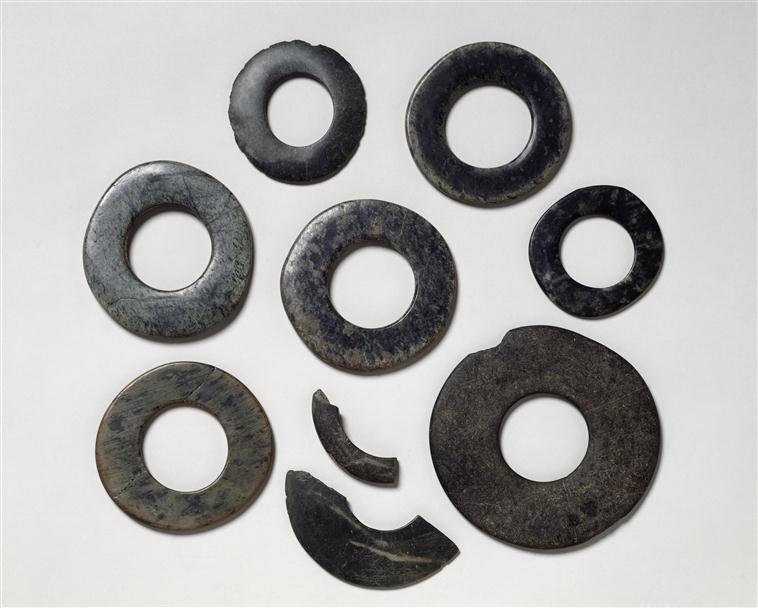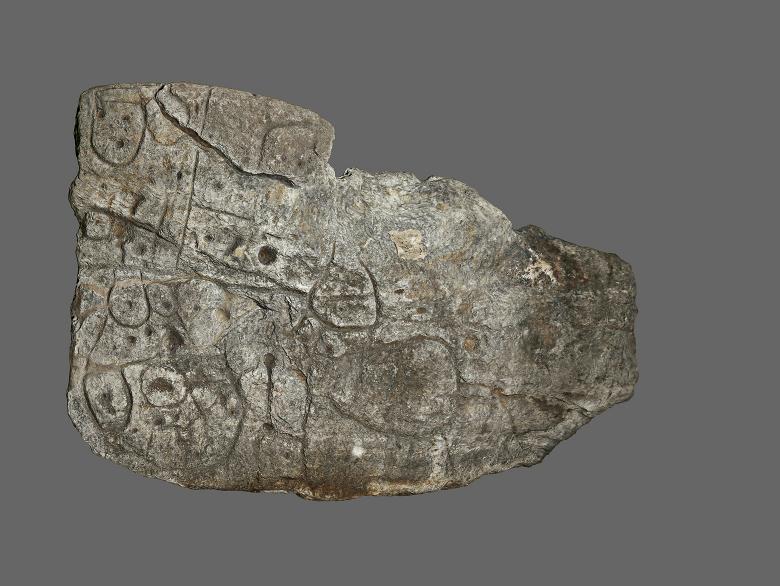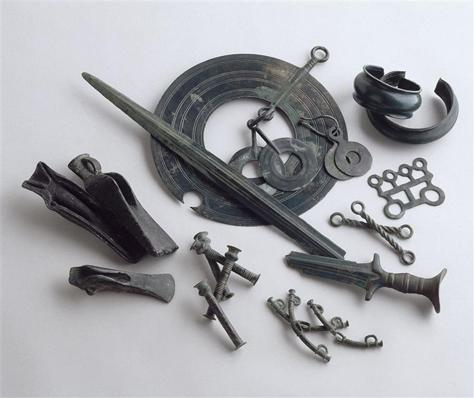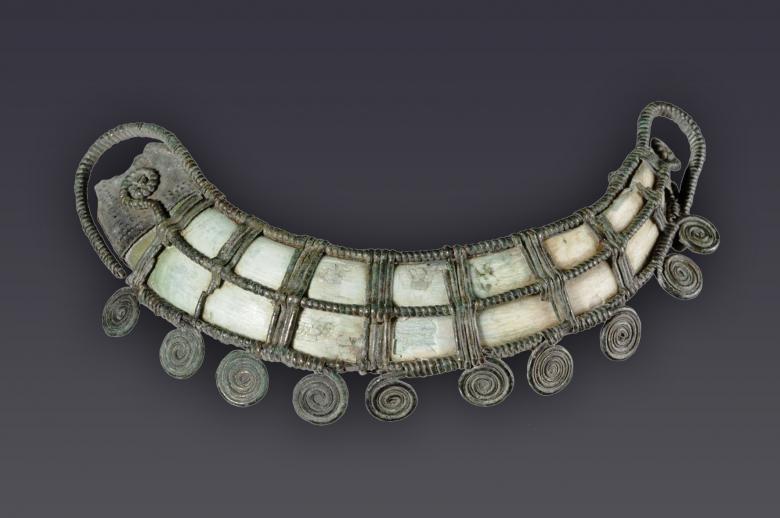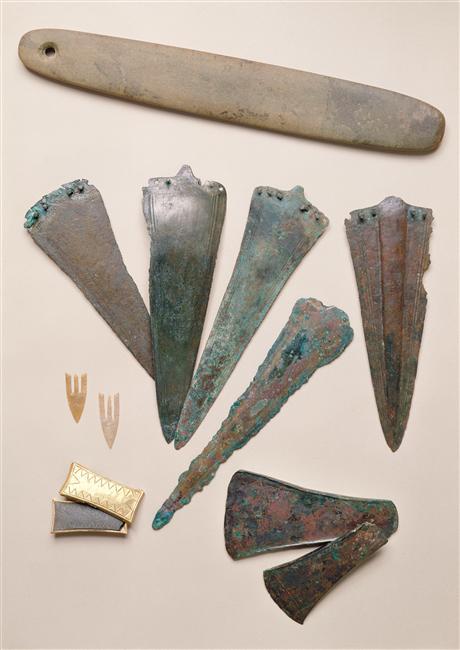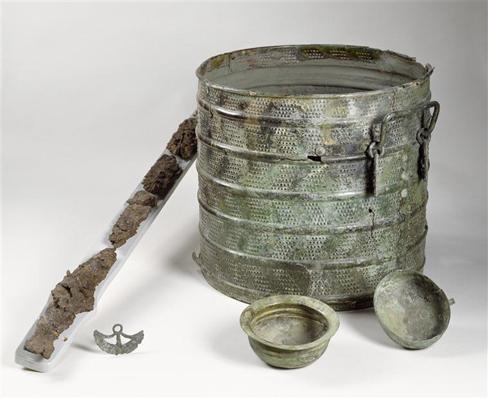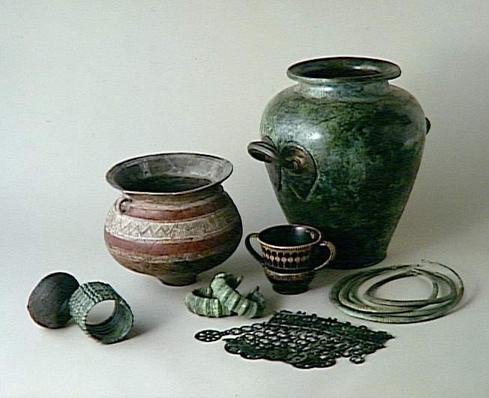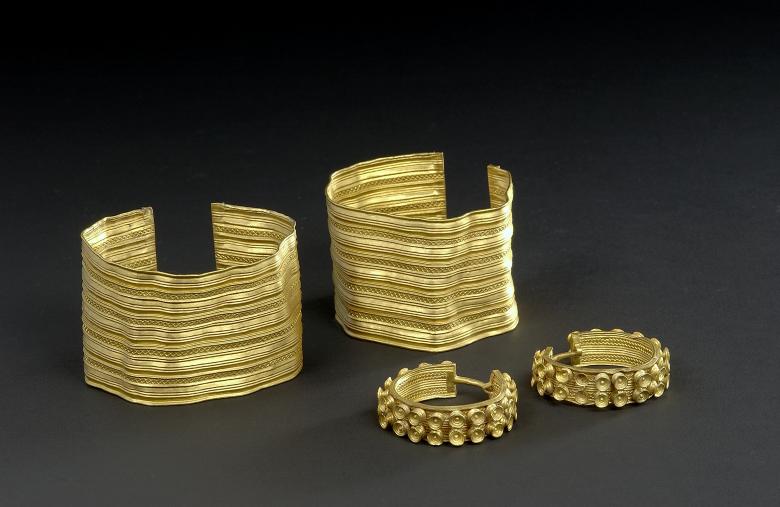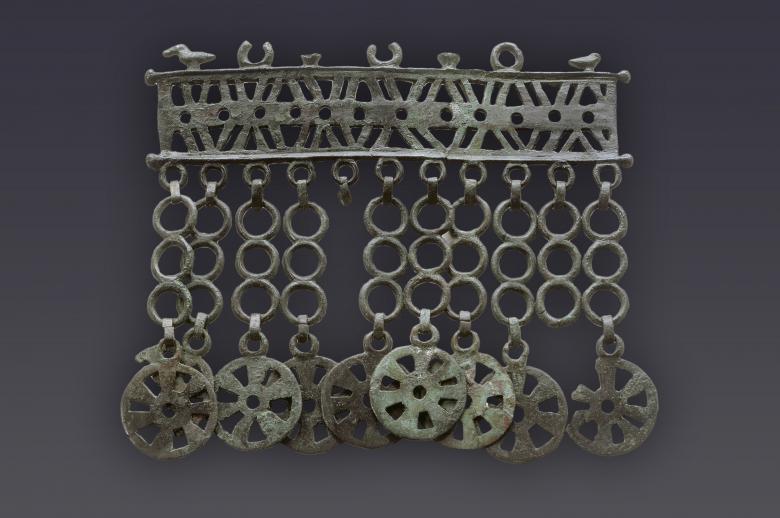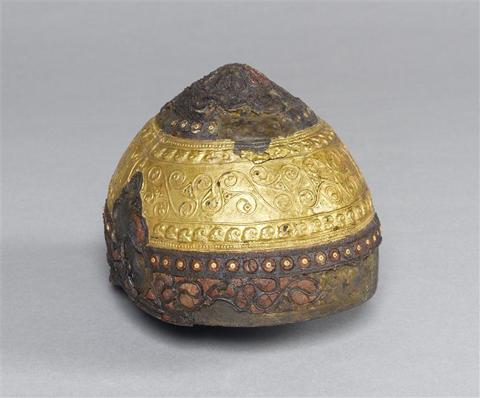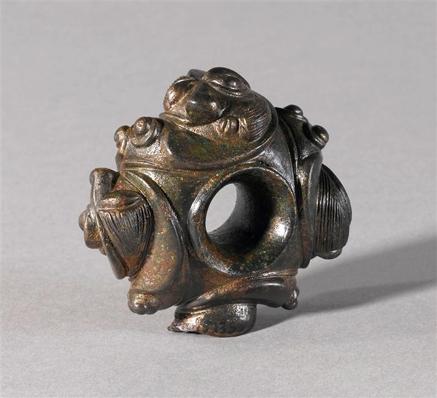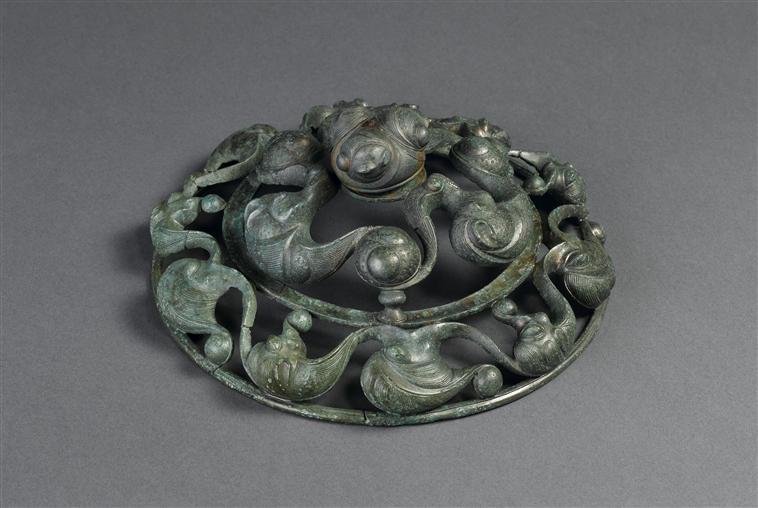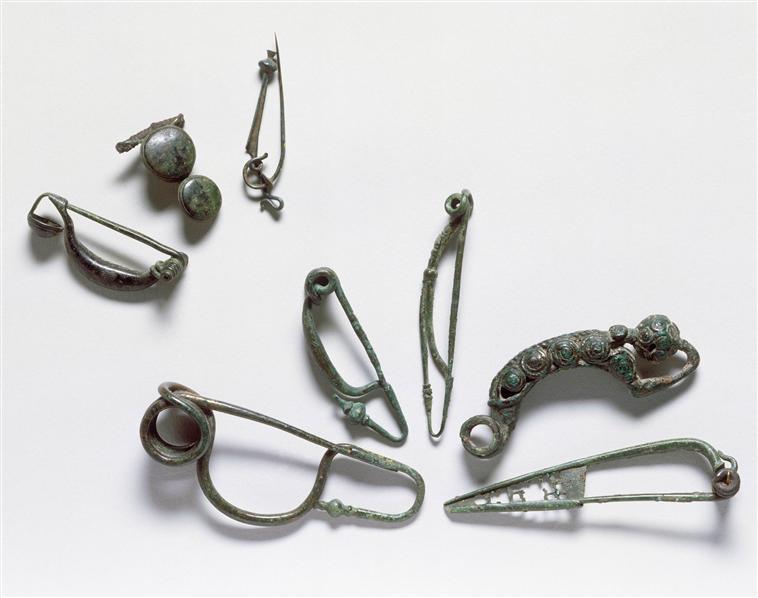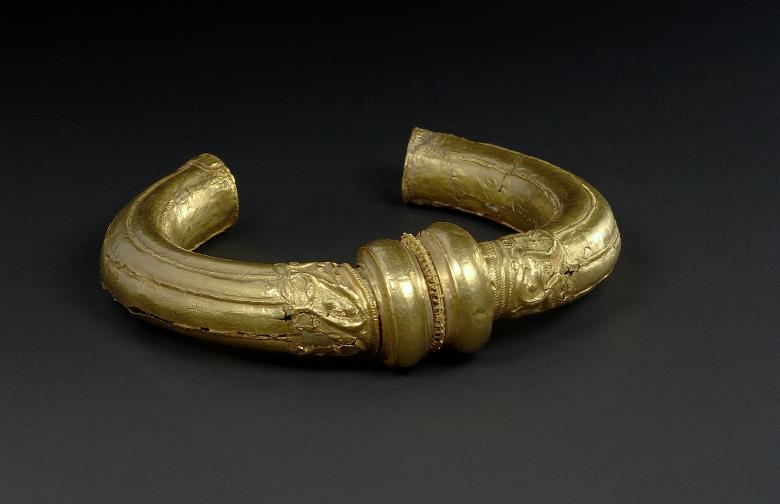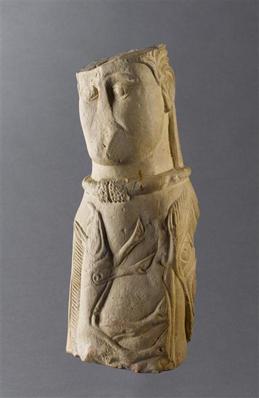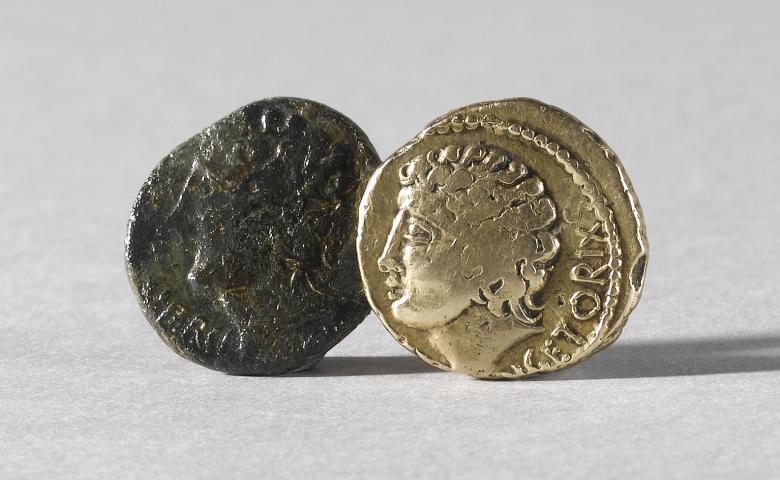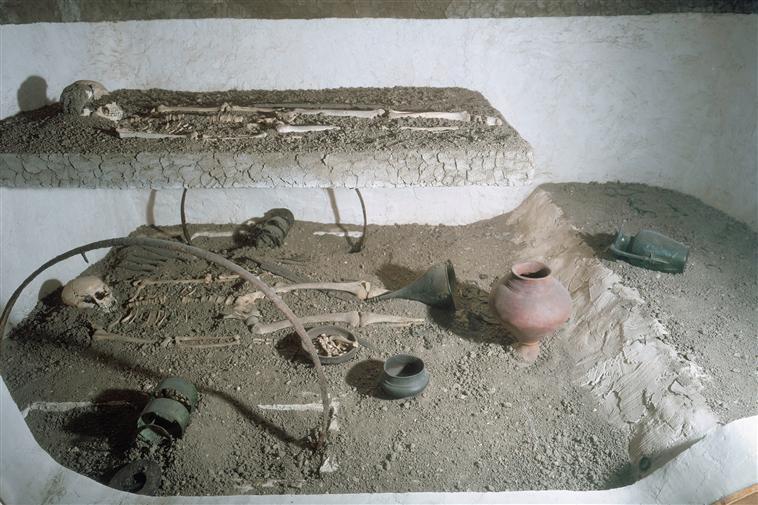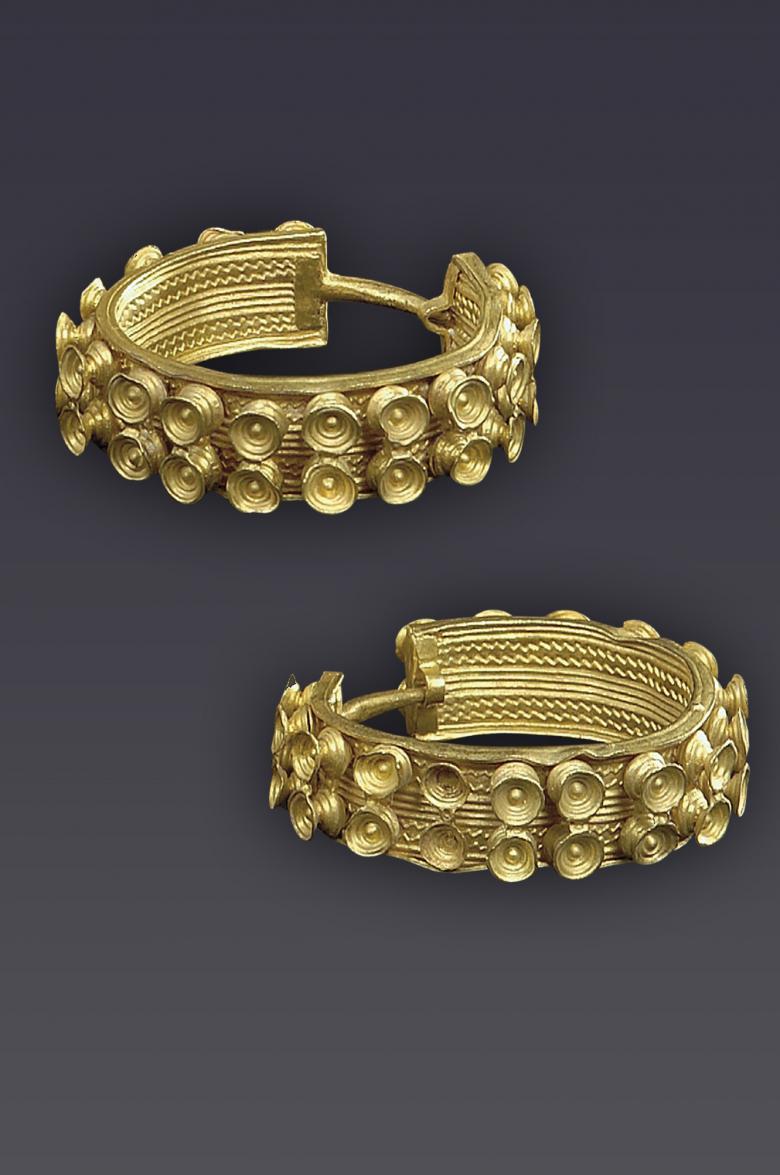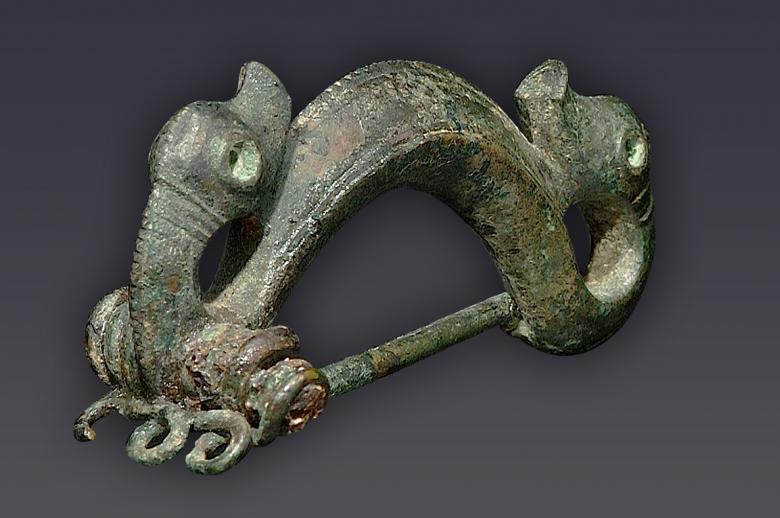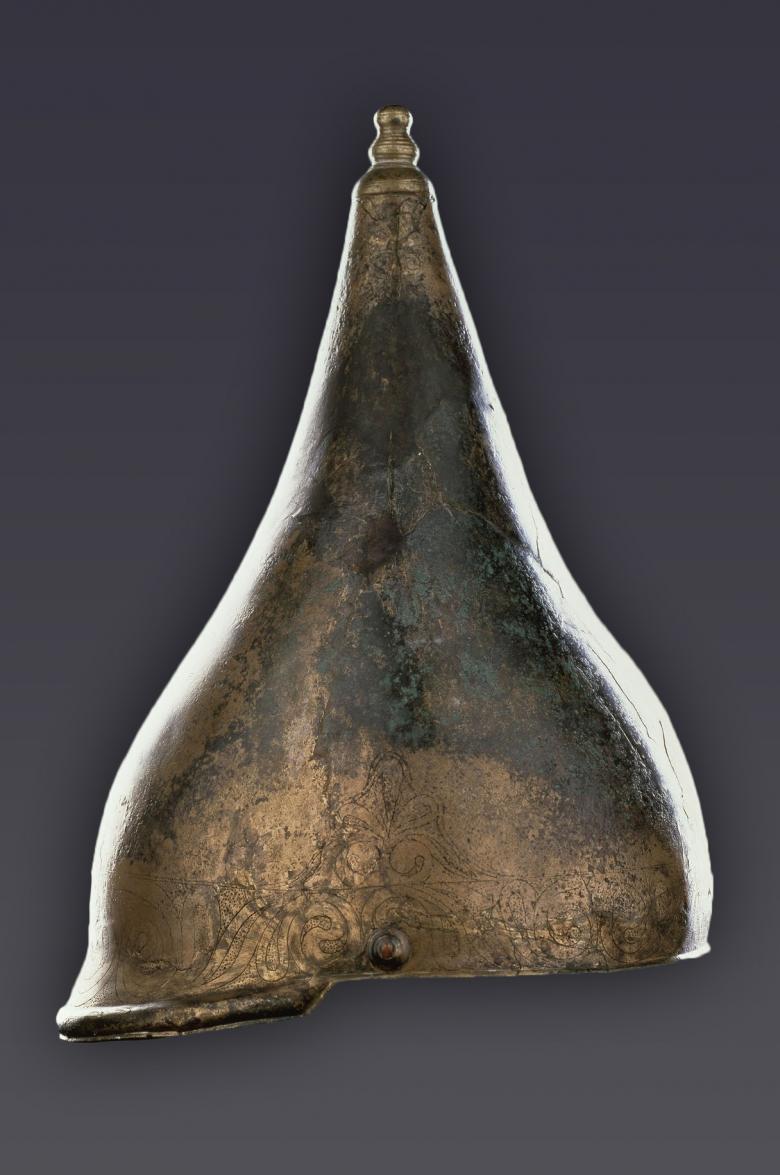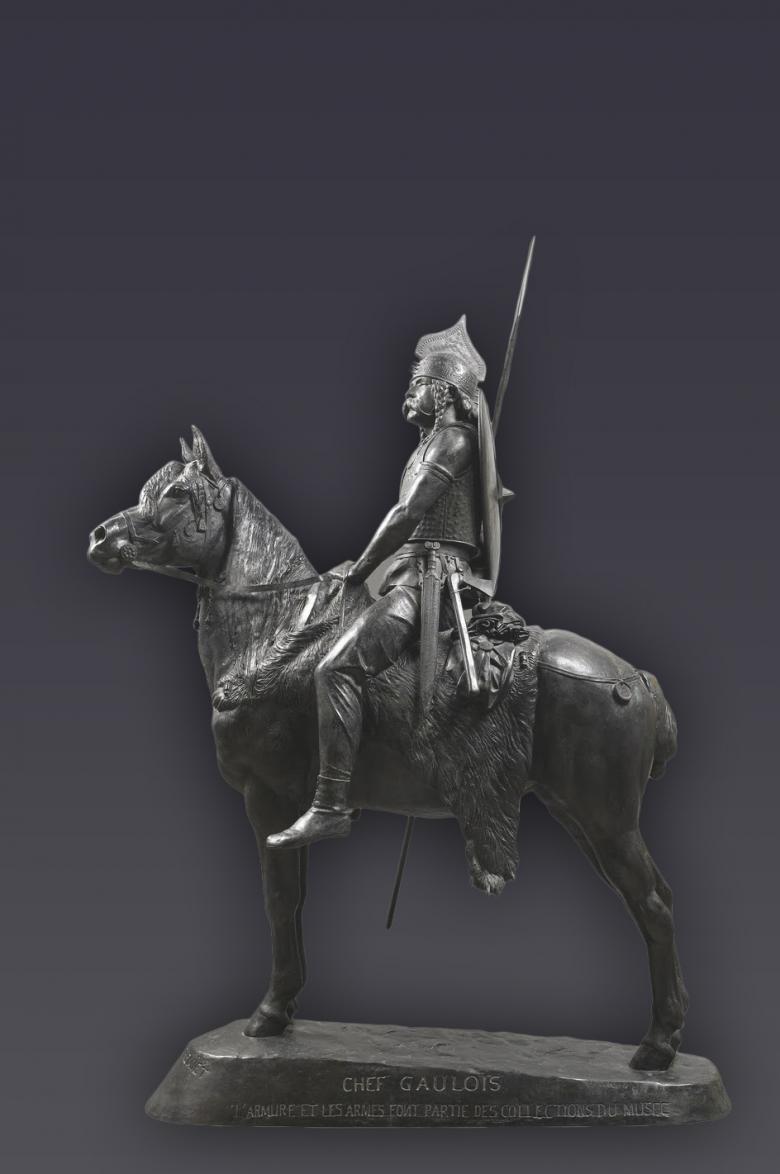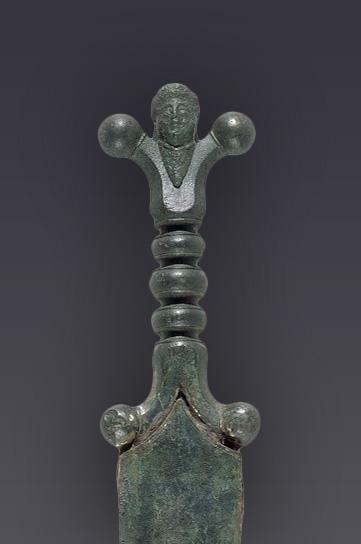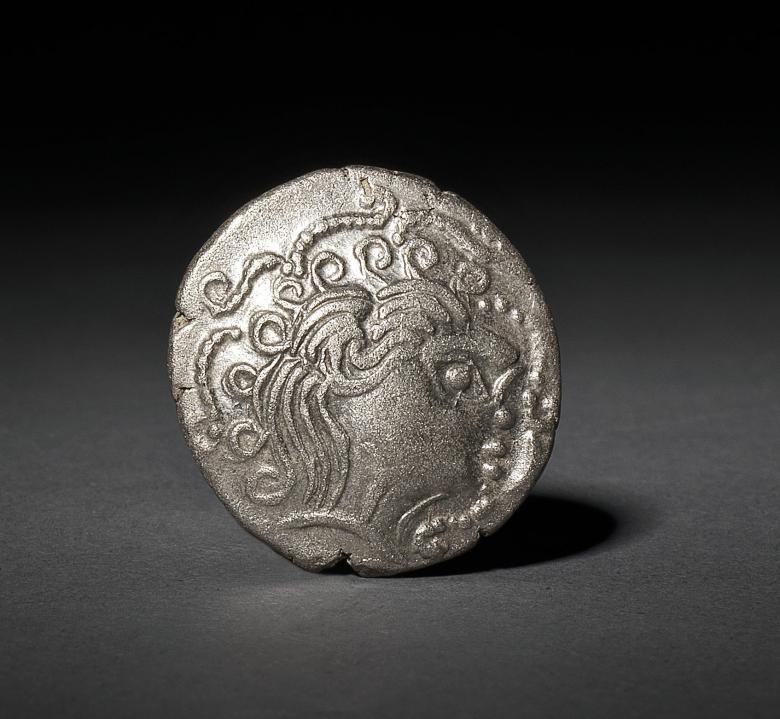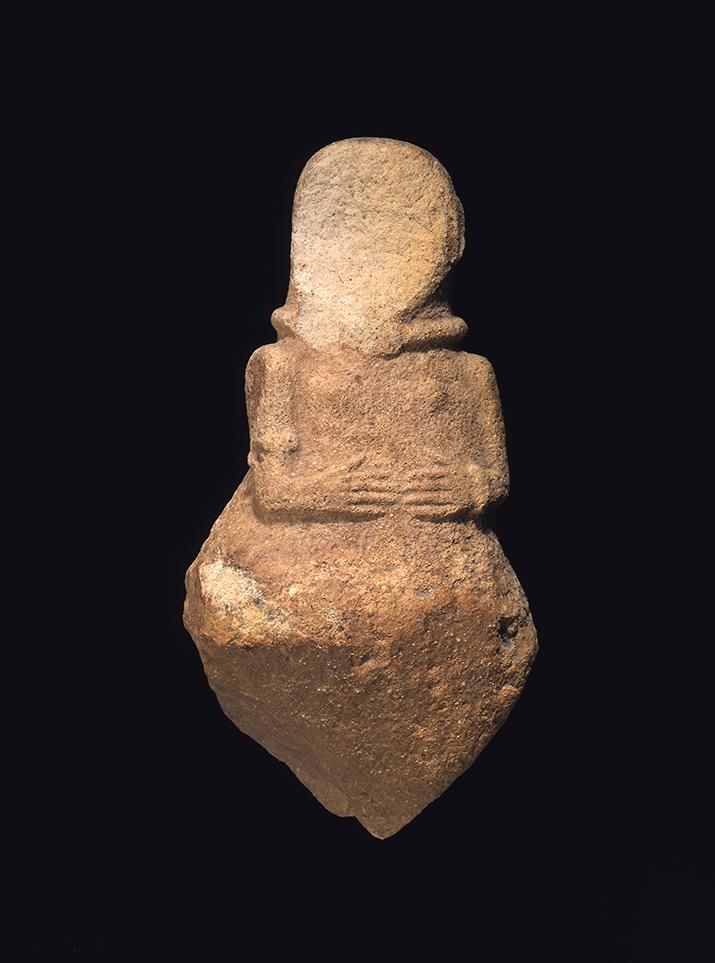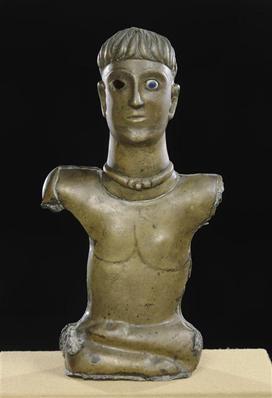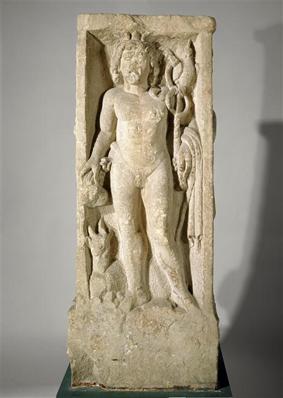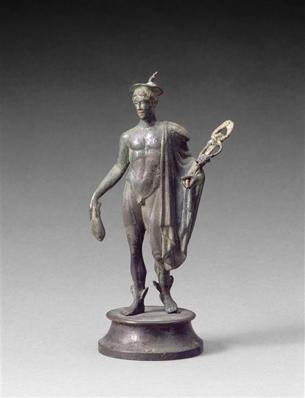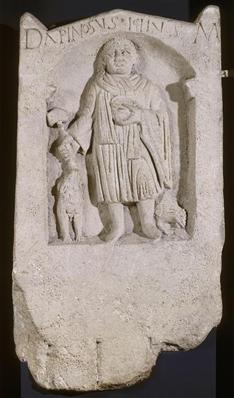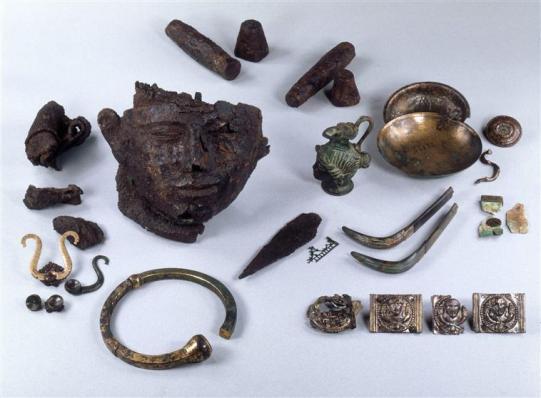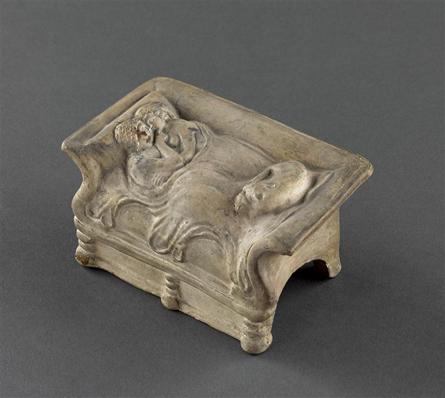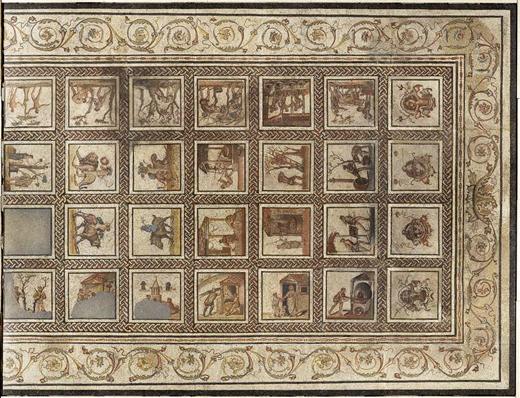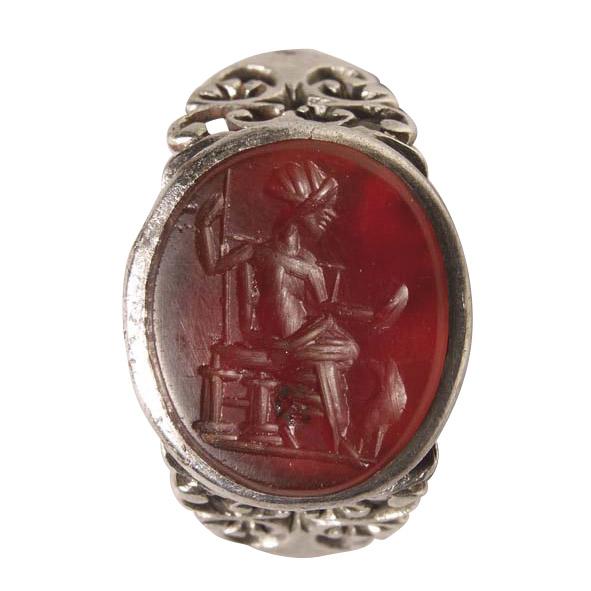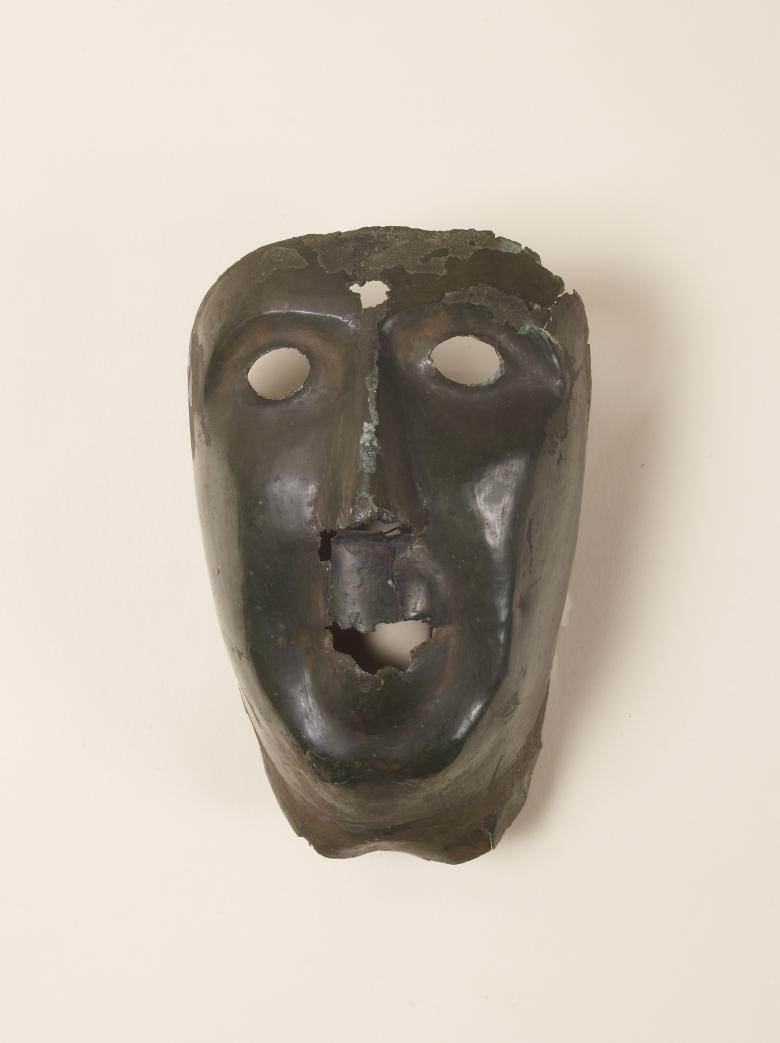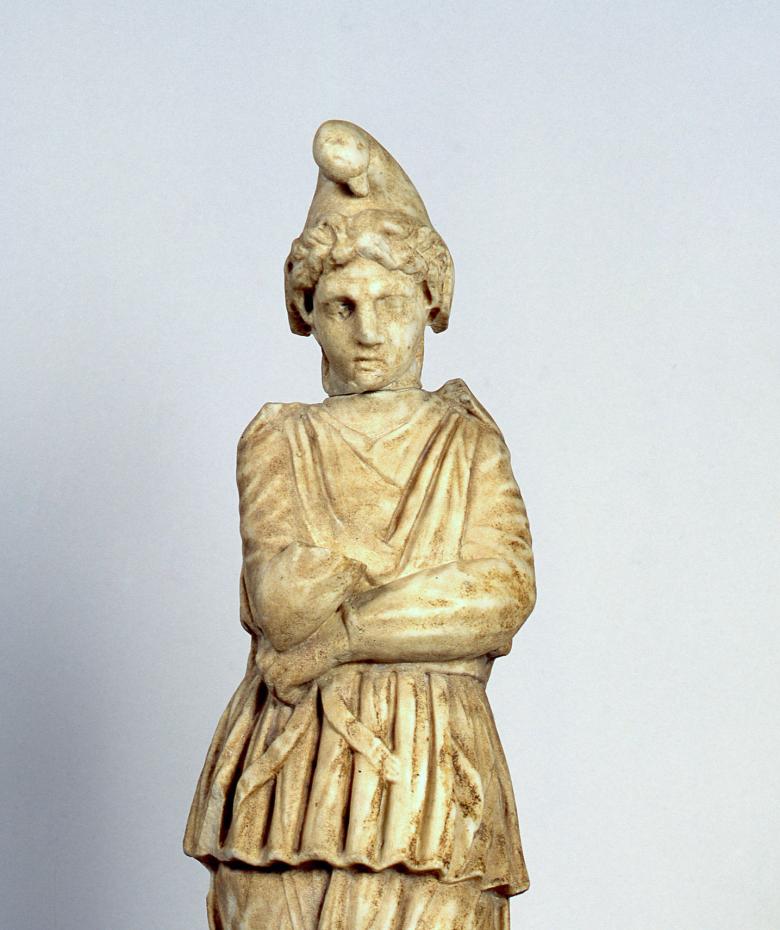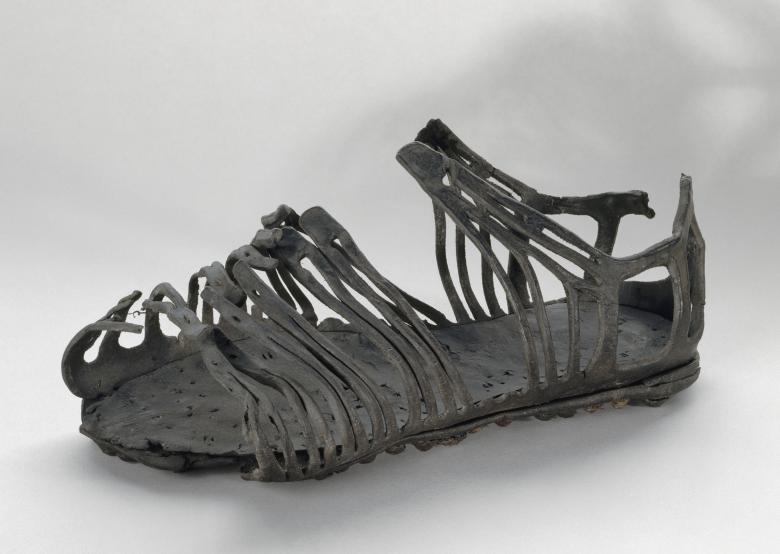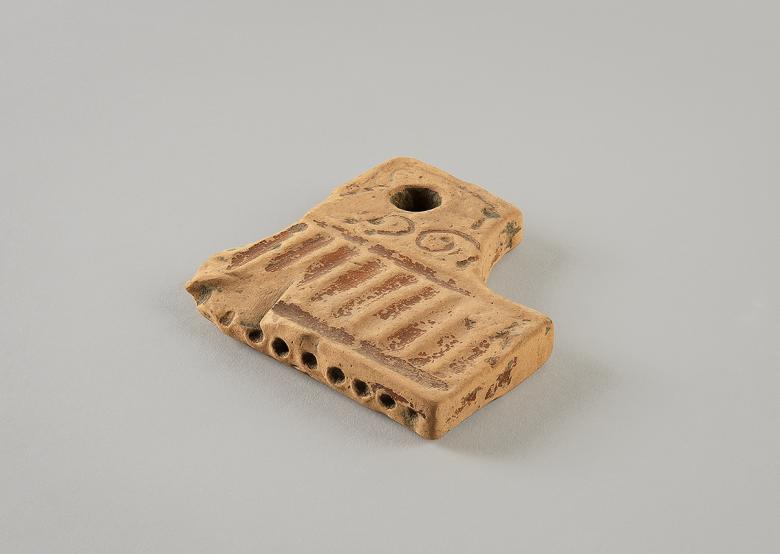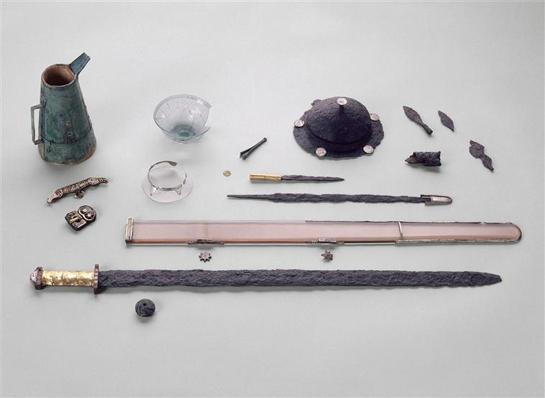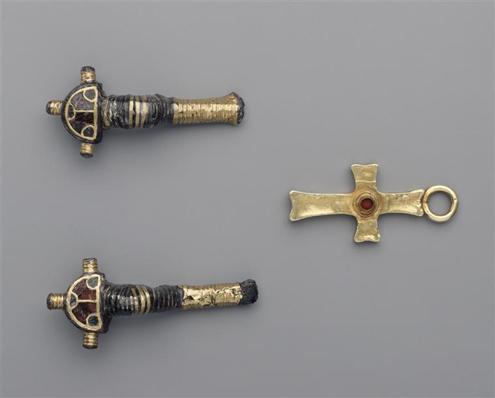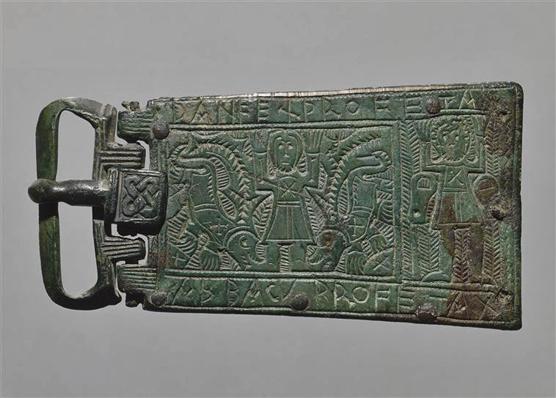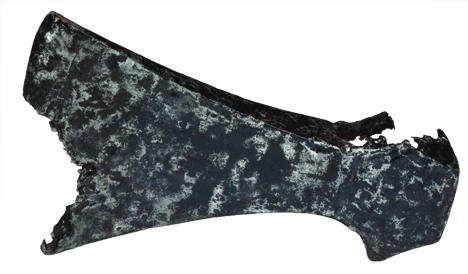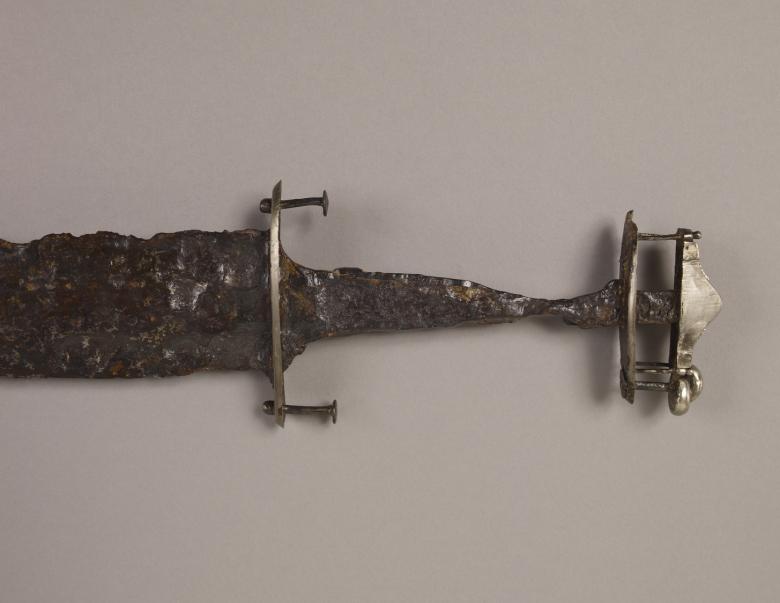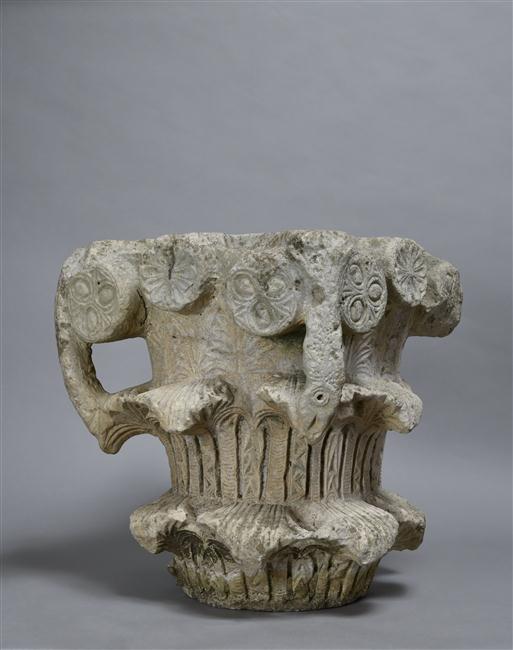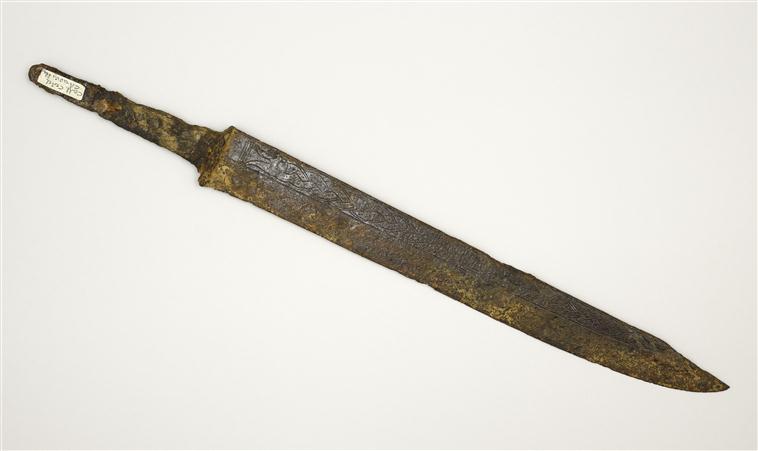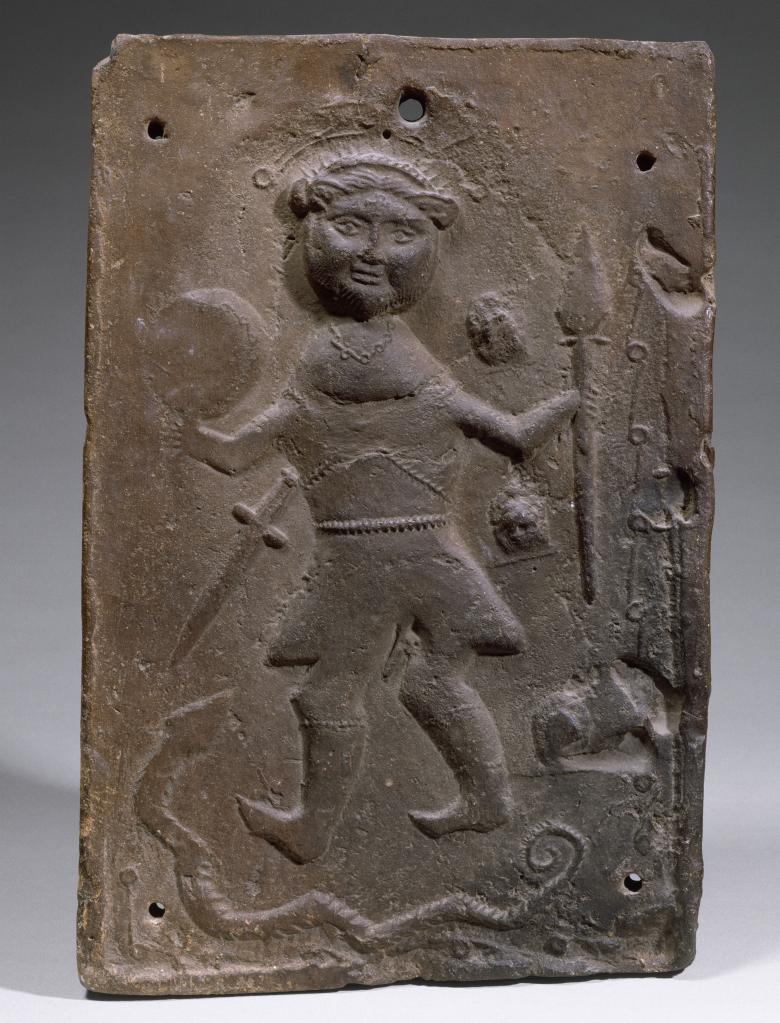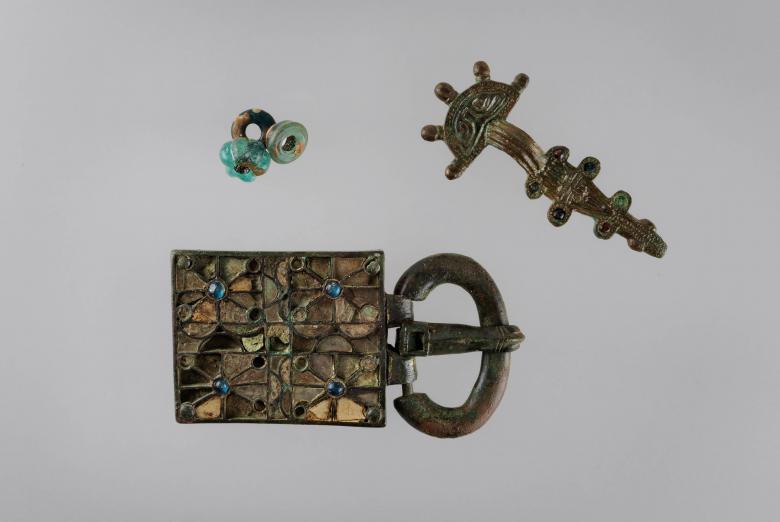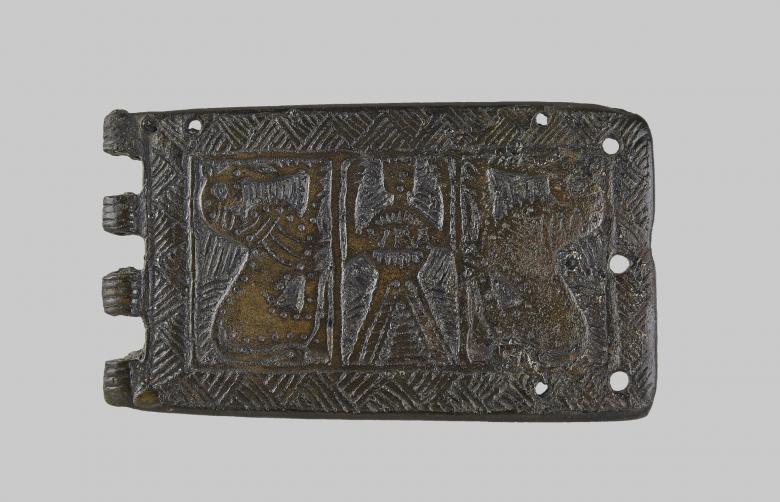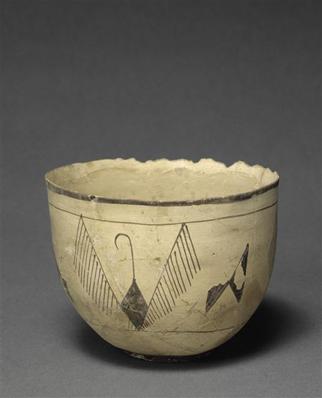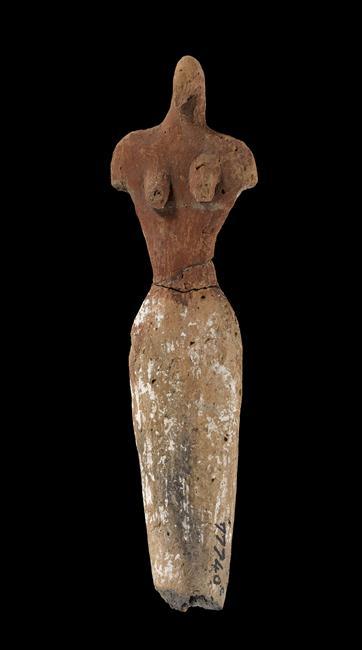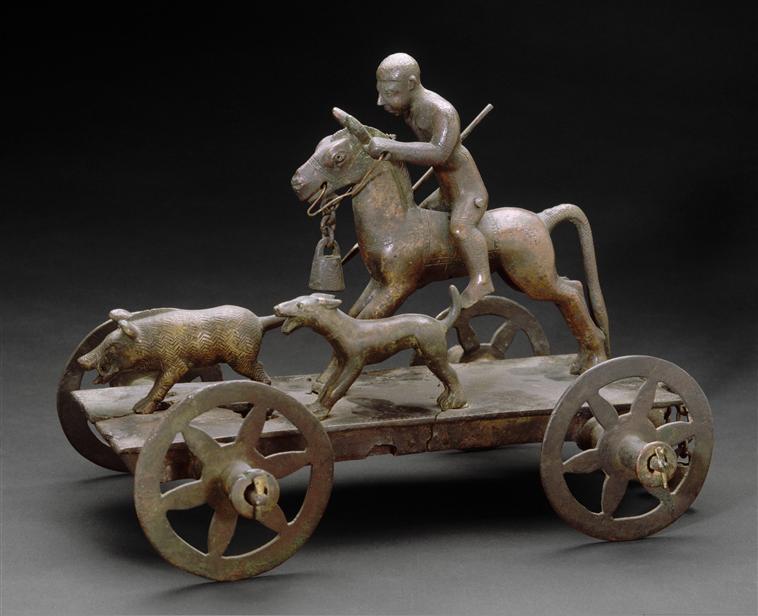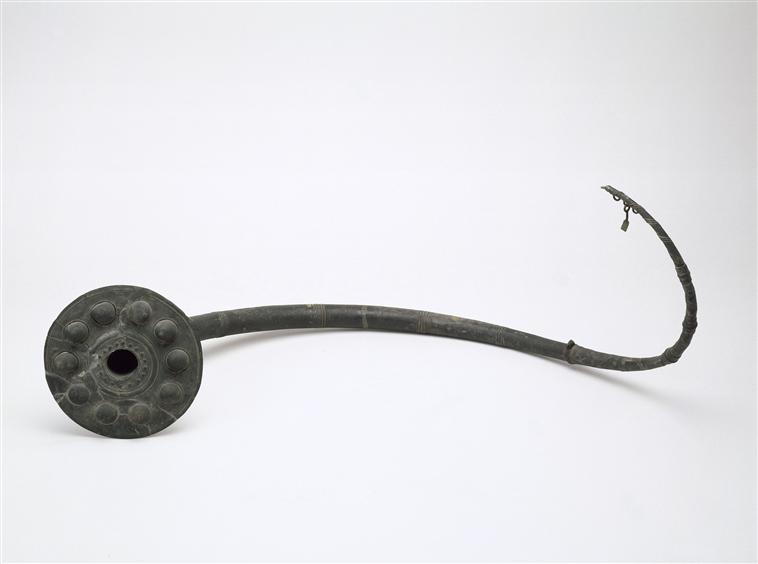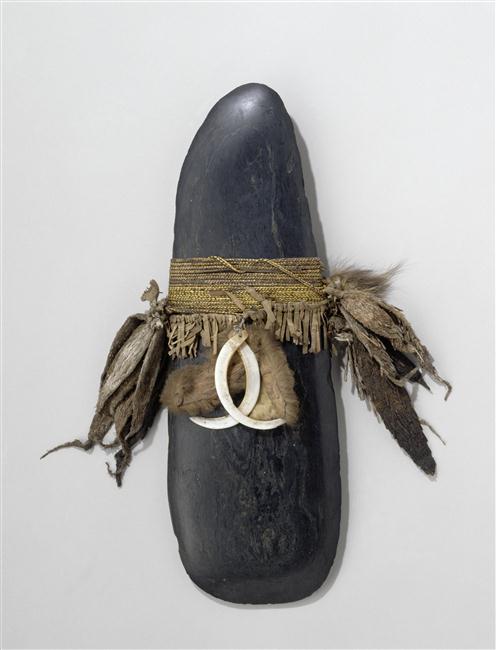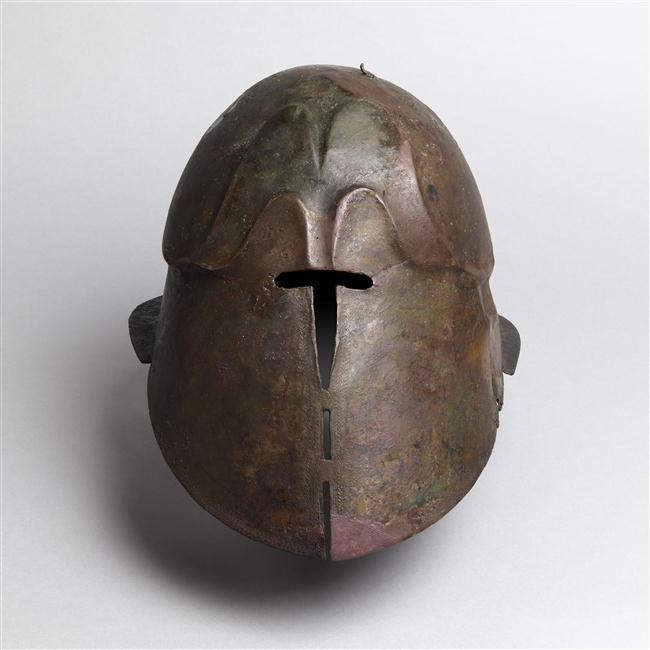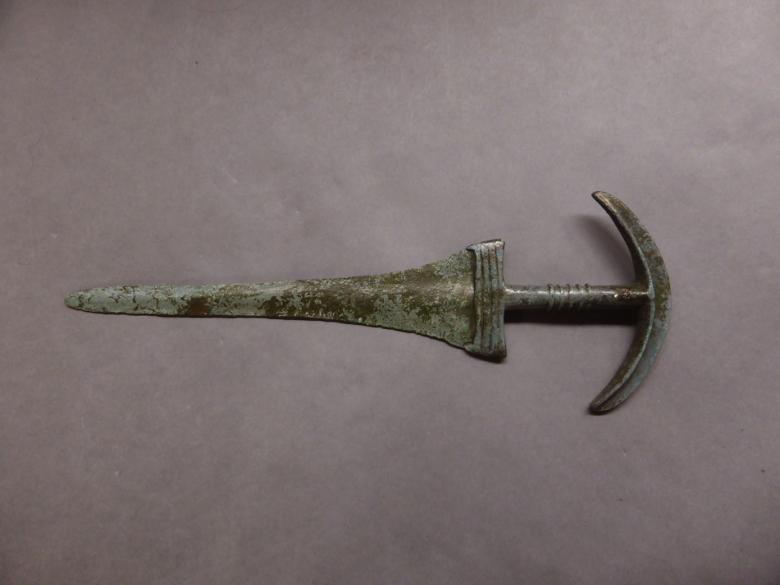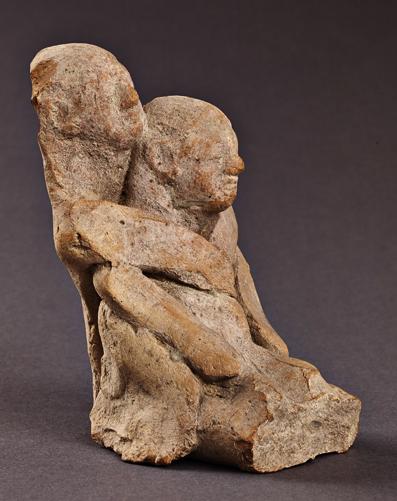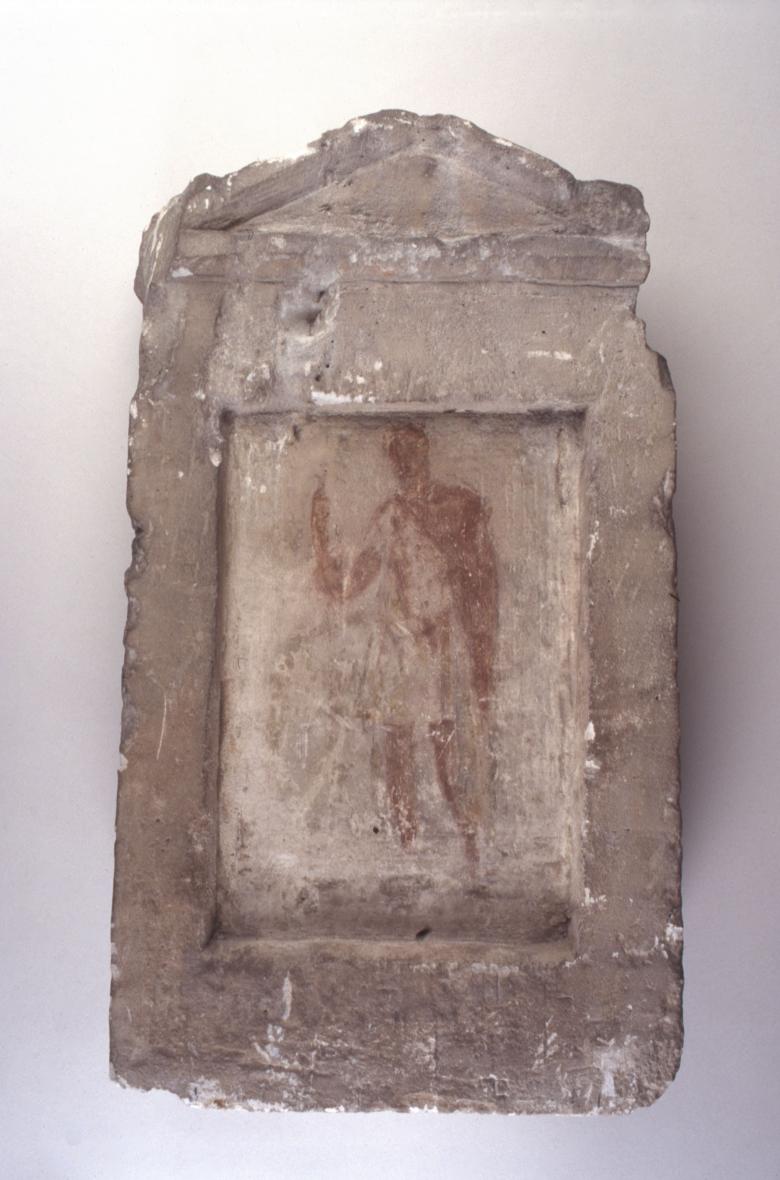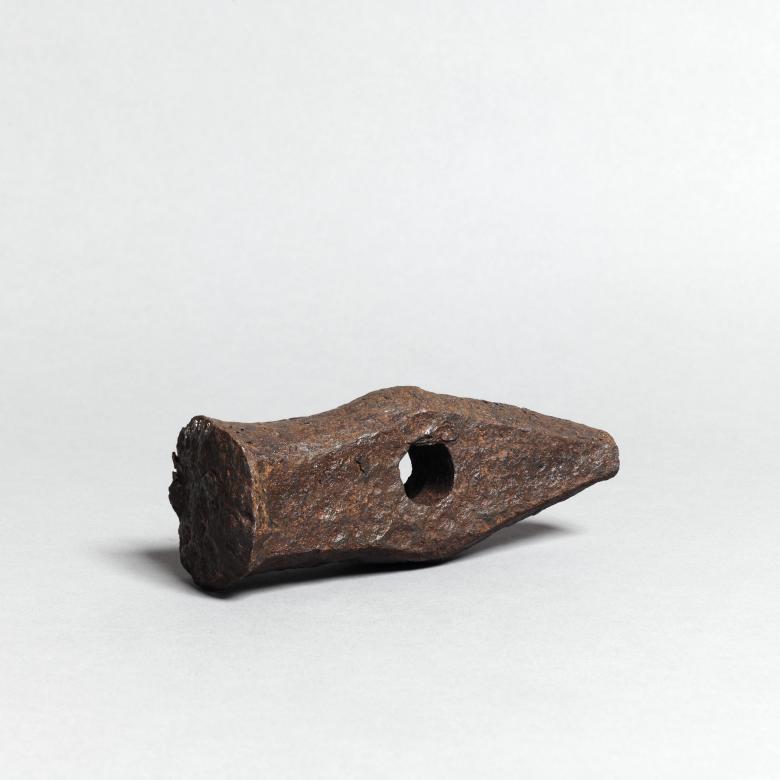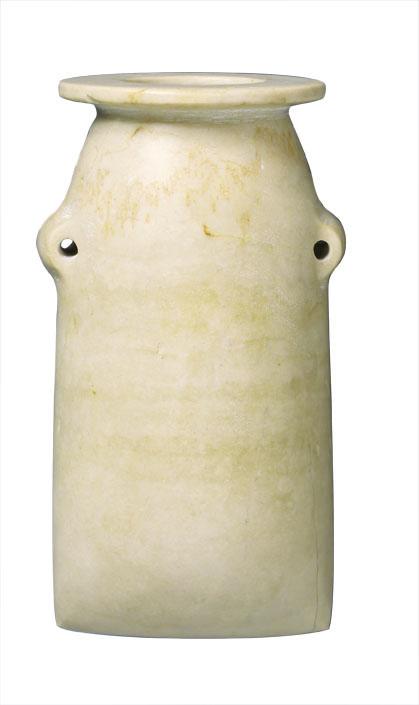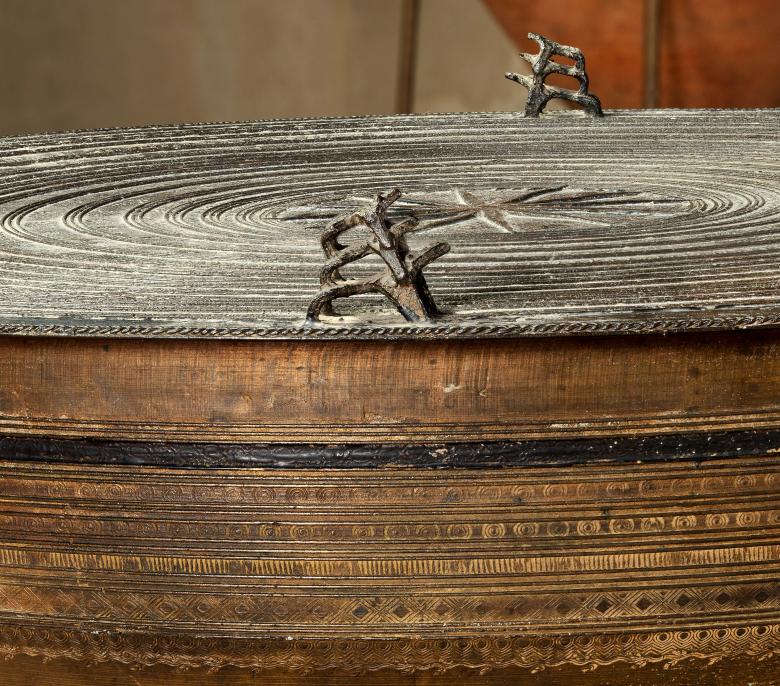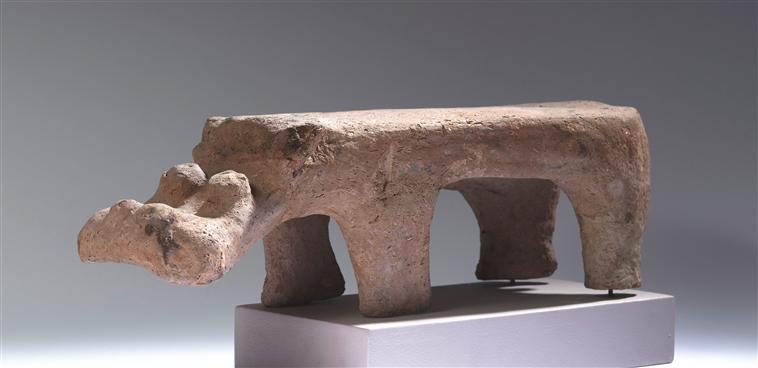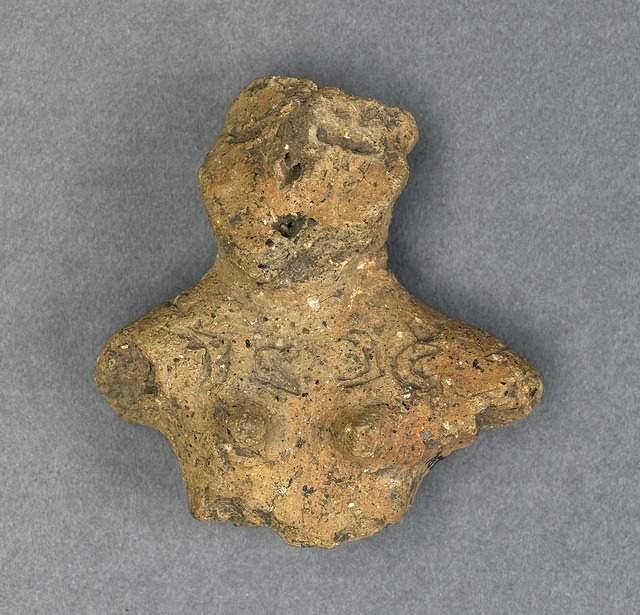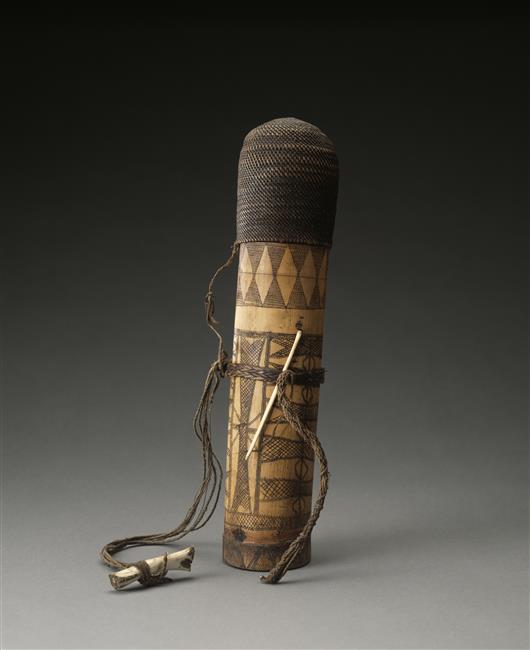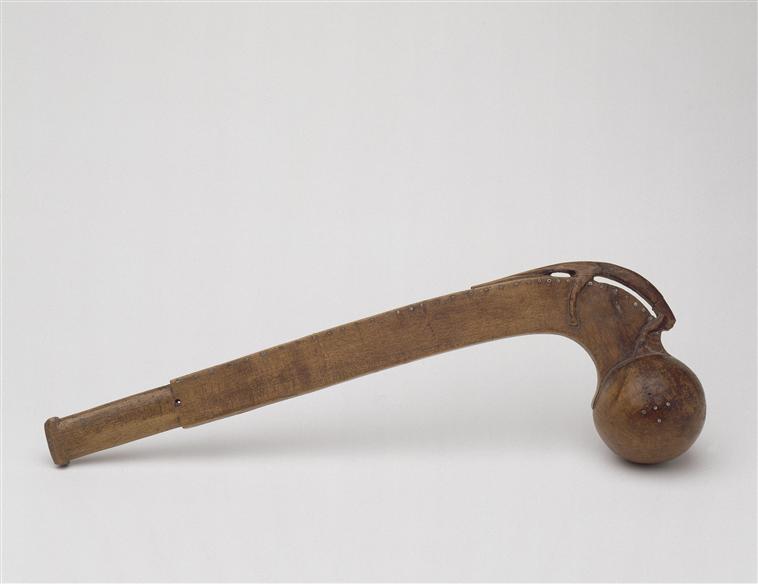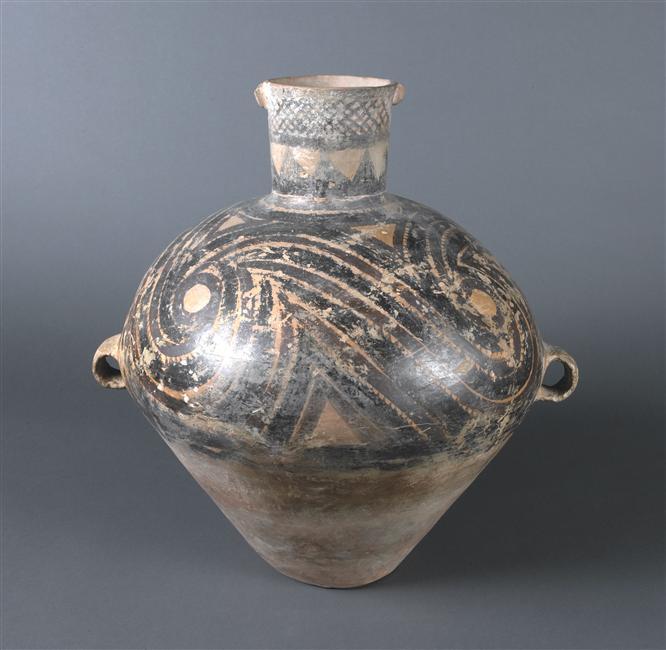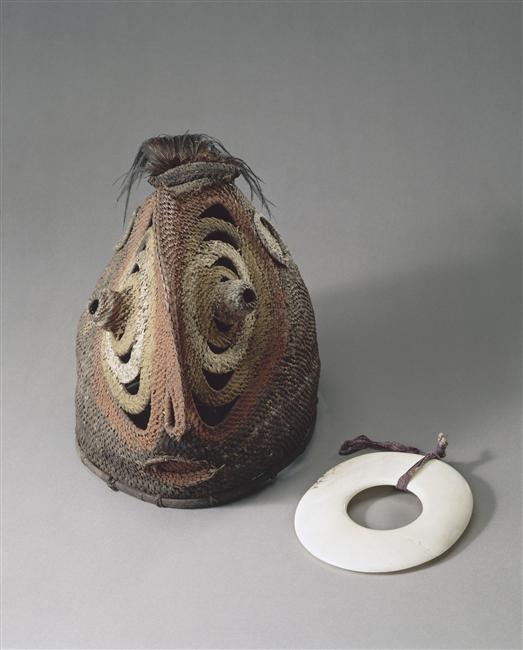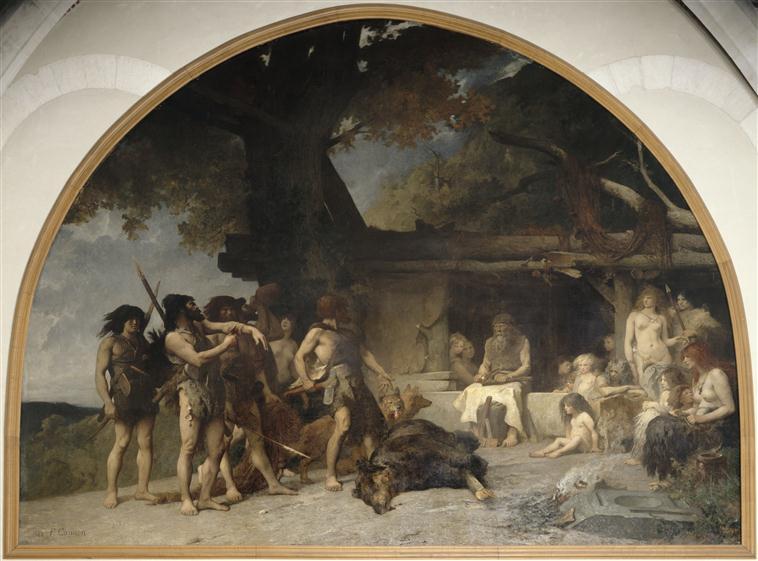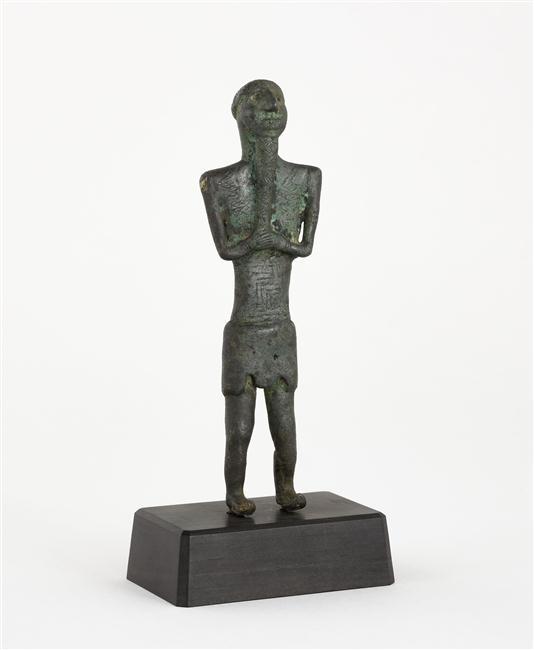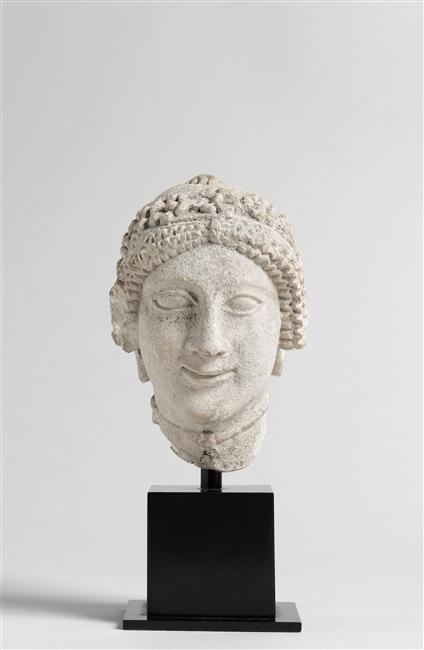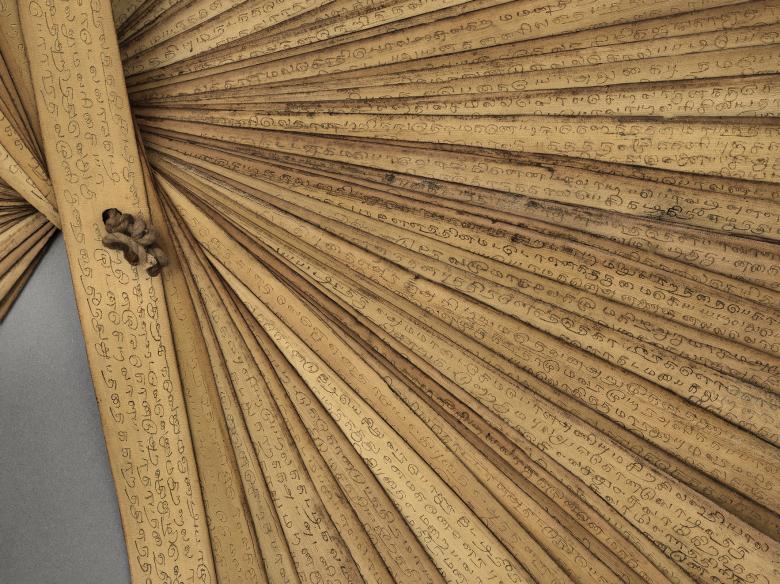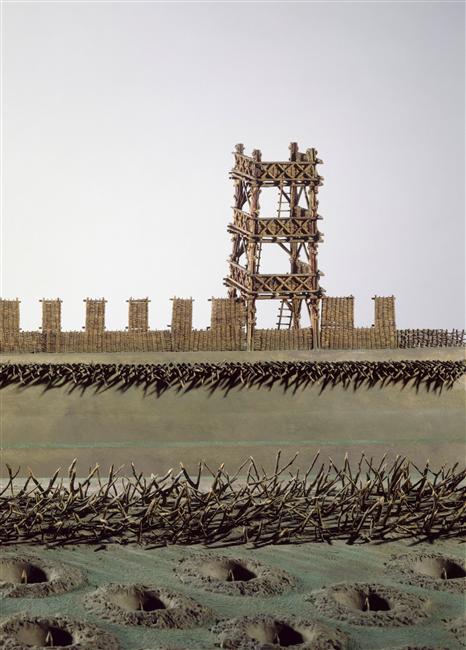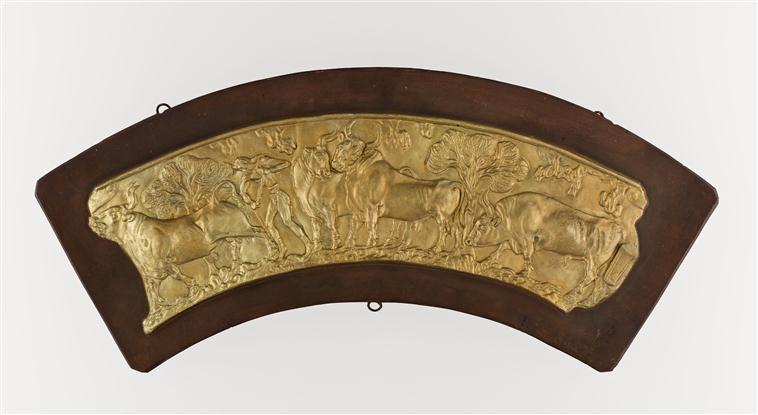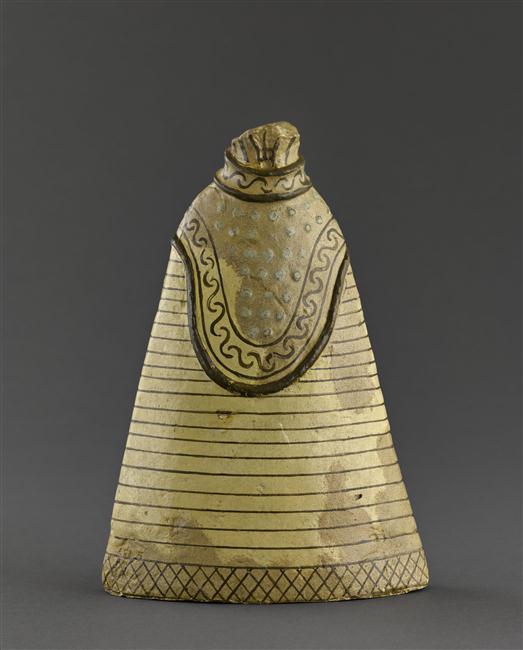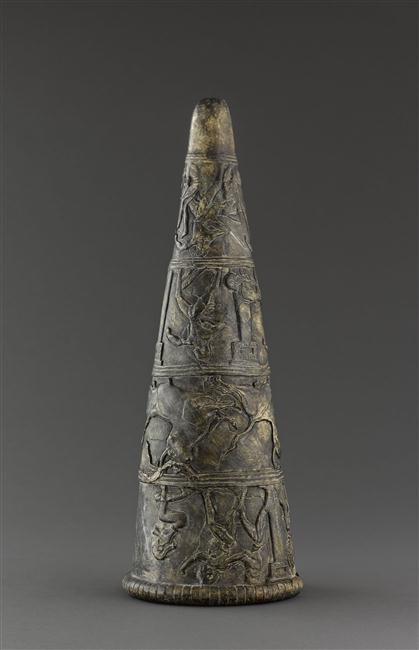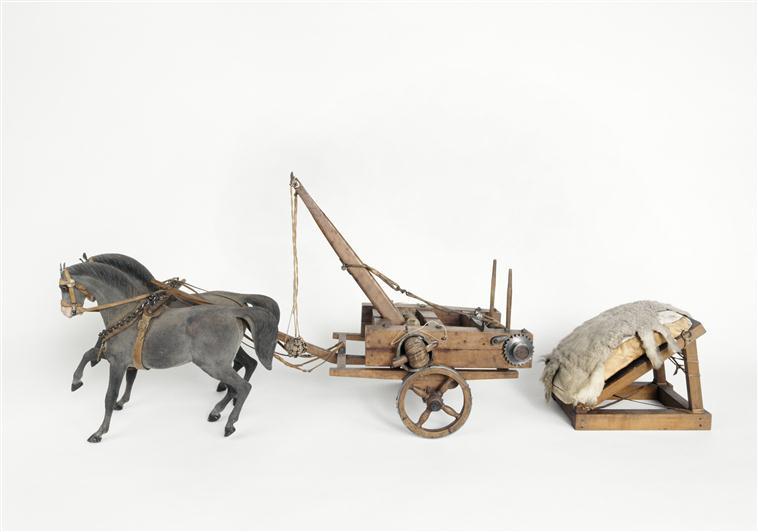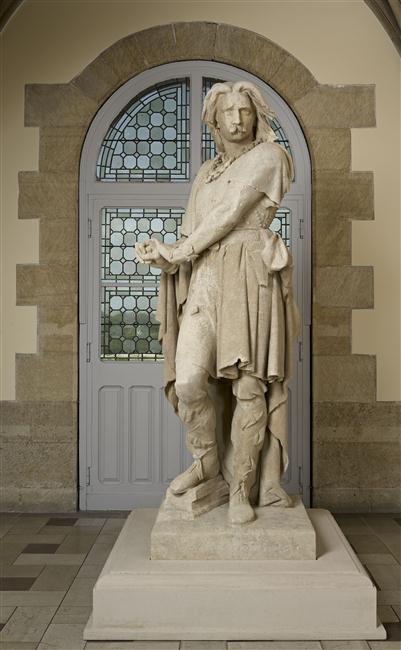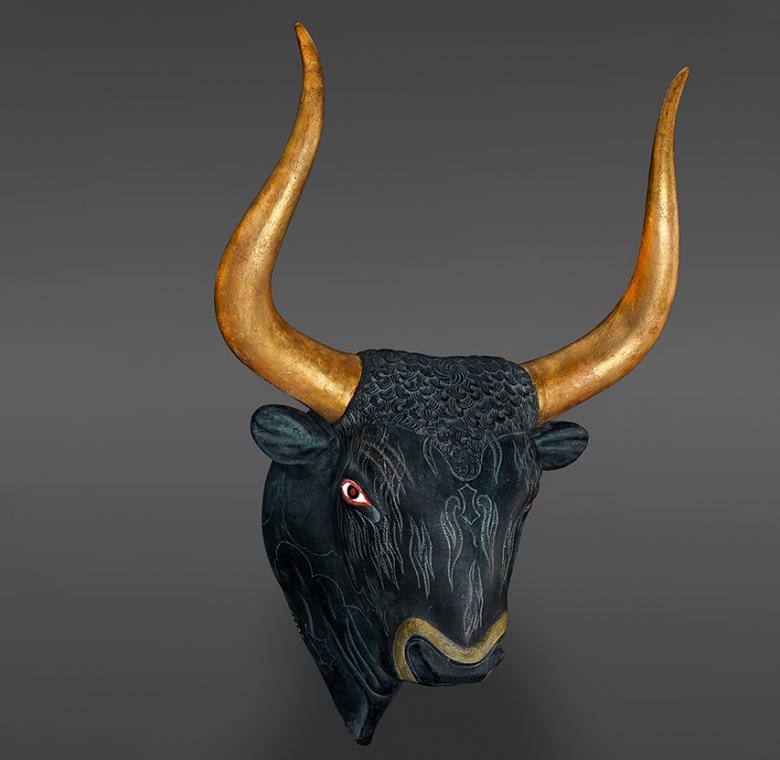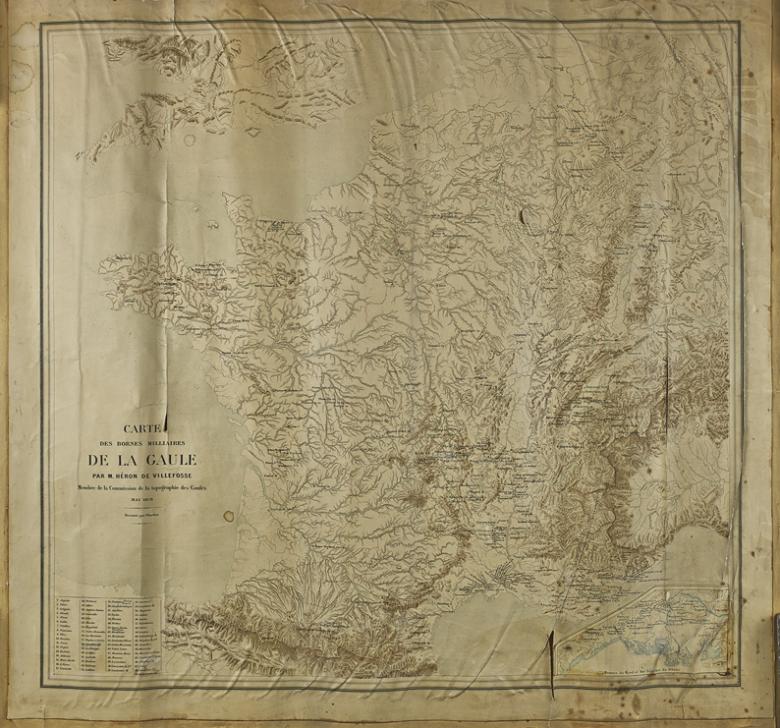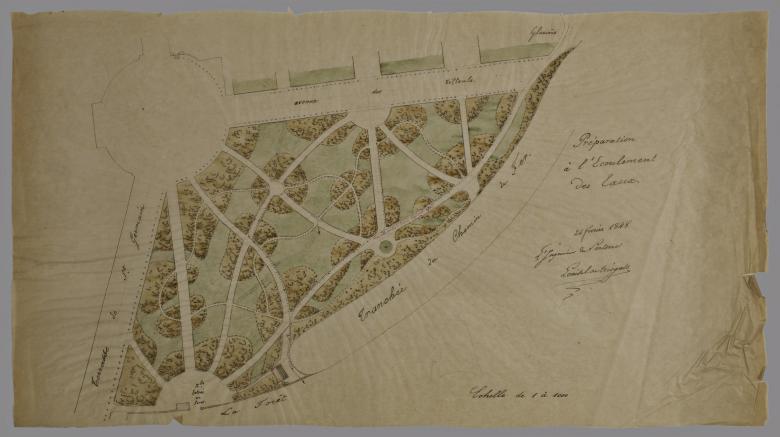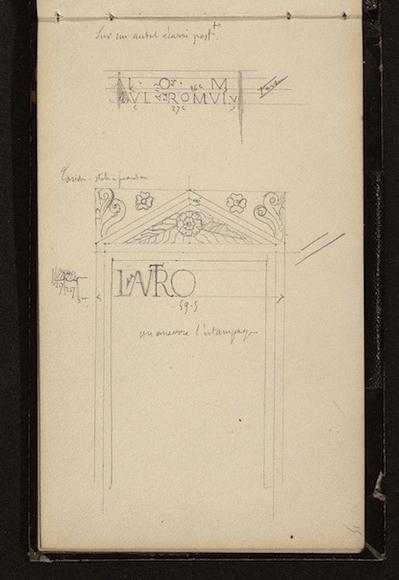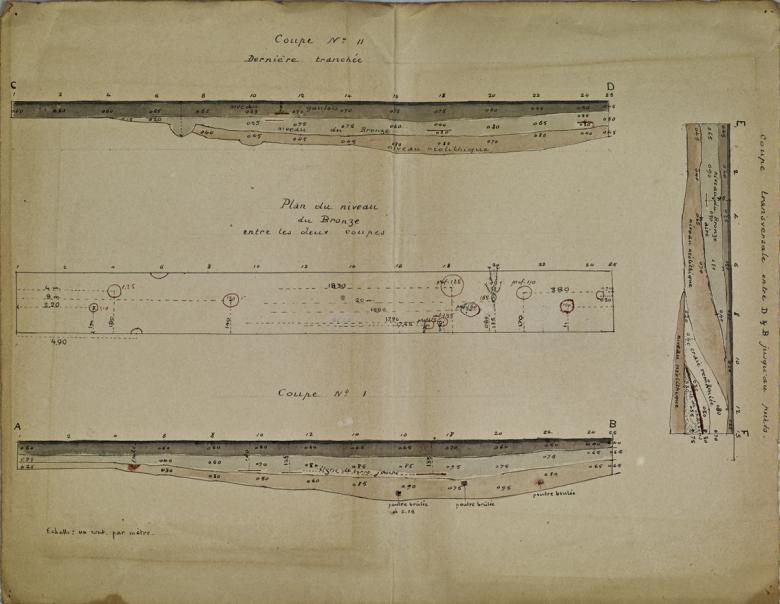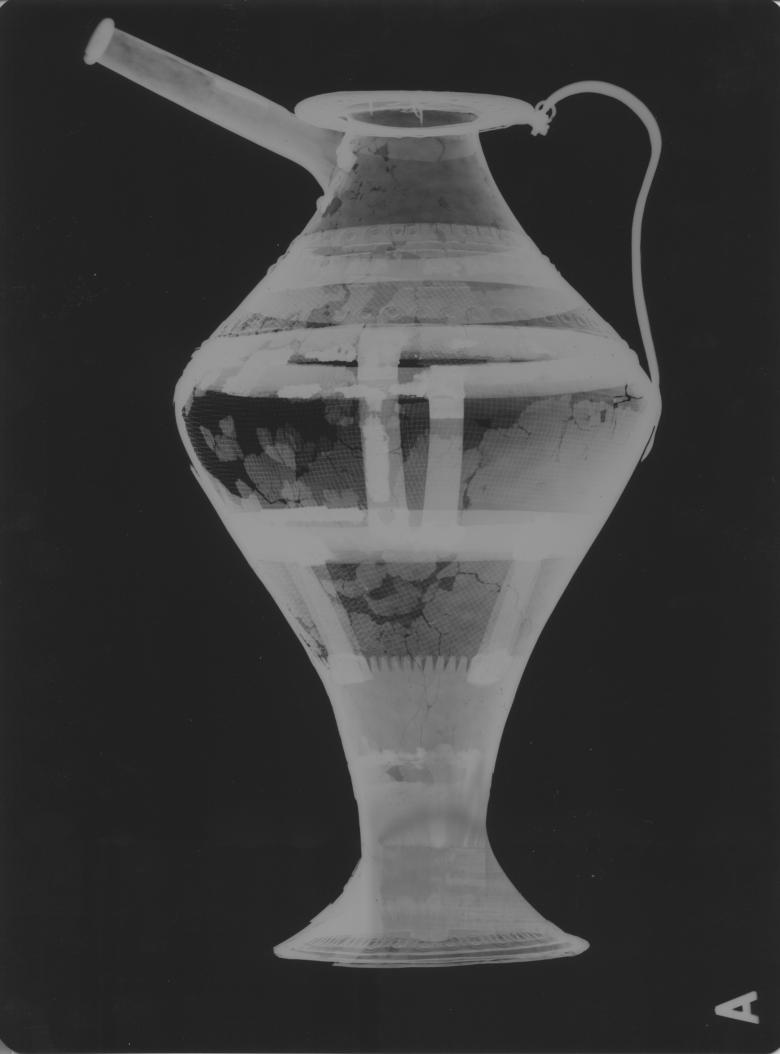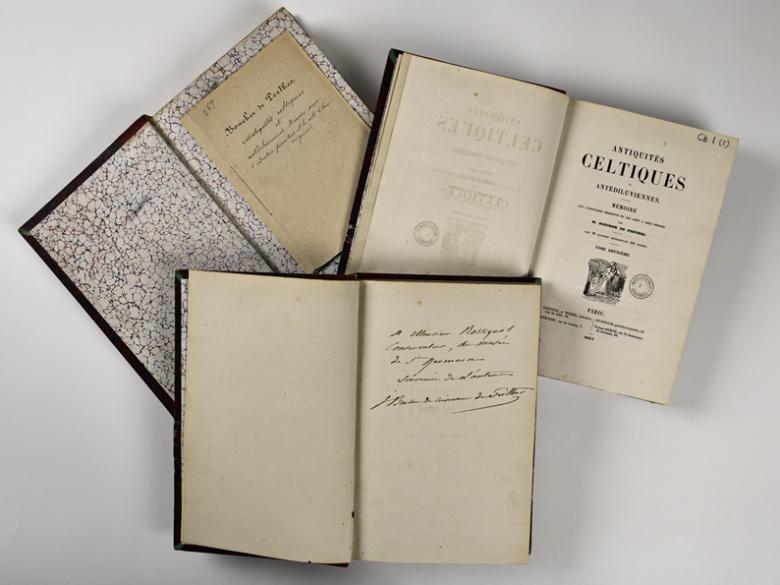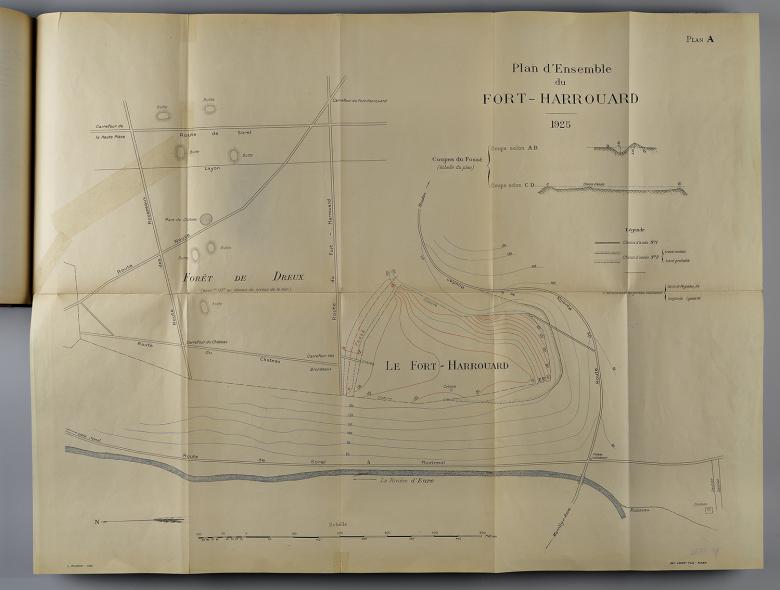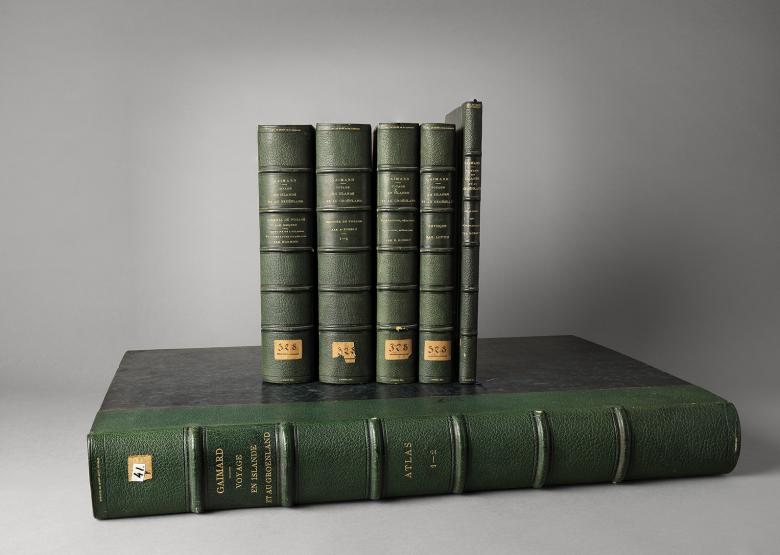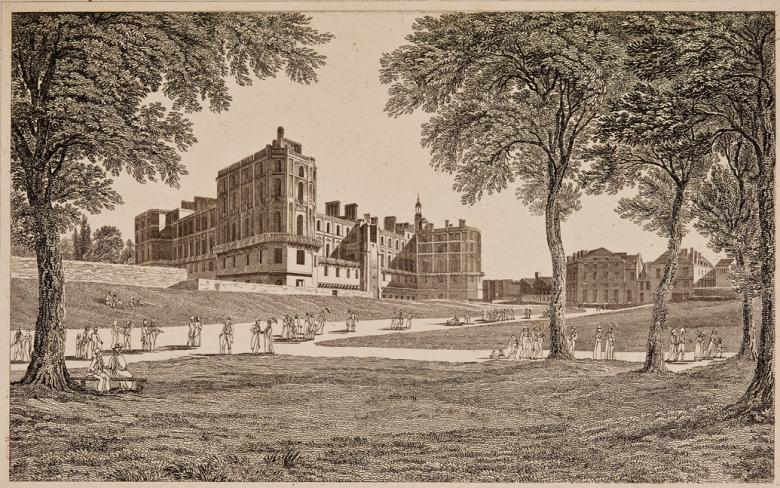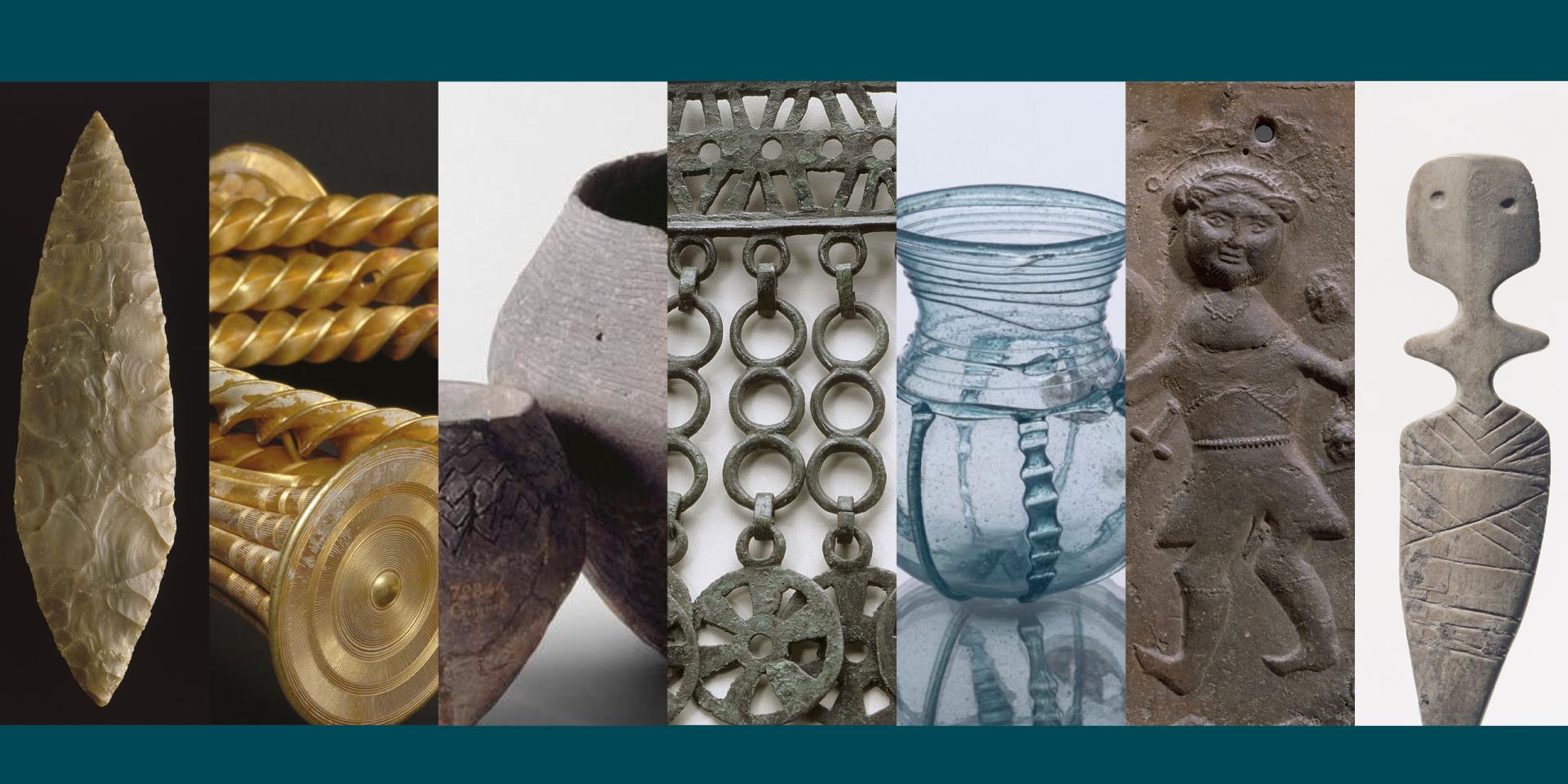
The archaeological collections
The museum exhibits around 30,000 archaeological objects, making it one of the largest collections in Europe.
These objects bear witness to human activities from the origins of prehistory (Palaeolithic) to the Carolingian era.
The museum holds more than two million objects in its reserves...
From the Palaeolithic to the Mesolithic
The Paleolithic is the first and longest period of prehistory. It begins with the appearance of Man, about 2.6 million years ago in Africa and ends around 10,000 years before Christ.
See moreFrom the Palaeolithic to the Mesolithic
The Paleolithic is the first and longest period of prehistory. It begins with the appearance of Man, about 2.6 million years ago in Africa and ends around 10,000 years before Christ.
The Paleolithic is the first and longest period of prehistory. It begins with the appearance of Man, about 2.6 million years ago in Africa and ends around 10,000 years before Christ. Humans were nomadic hunter-gatherers, taking advantage of the resources available in nature.
In Europe, the Paleolithic is divided into three sub-periods, corresponding to a biological, technical and cultural evolution.
In Europe, the Paleolithic is divided into three sub-periods, corresponding to a biological, technical and cultural evolution:
- the Lower Paleolithic (from -800,000 to -300,000 years), with Homo erectus. The first stone tools are the carved pebble and the biface. Domestication of fire around - 400 000 years.
- The Middle Paleolithic (from 300,000 to 40,000 years ago), with Neanderthal man.
The main stone tools are flakes, scrapers and points. First burials.
- The Upper Paleolithic (from 40,000 to 10,000 years ago) with Homo sapiens, also called "Cro-Magnon Man". The main stone tools are blades, scrapers and chisels. Appearance of bone and reindeer antler tools and weapons: assegais, harpoons, thrusters... First artistic manifestations.
We speak of cave art for the walls of the caves and furniture art for the objects.
The Paleolithic collections of the National Archaeology Museum are among the richest in the world, especially in the field of furniture art.
Translated with www.DeepL.com/Translator (free version)
Neolithic
The Neolithic period developed very gradually in the Near East, between about 12500 and 7000 BC.
See moreNeolithic
The Neolithic period developed very gradually in the Near East, between about 12500 and 7000 BC.
The Neolithic is a period of rupture. Having become a producer of his own subsistence, and no longer a predator, man now influenced his environment and became sedentary. He built the first villages and necropolises, erected megaliths, the world's first great architectures. A number of technical innovations were born: polished stone, ceramics, weaving. The first long-distance trade networks were established.
The Bronze Age
The Bronze Age marks an evolution rather than a break with the Neolithic.
The Bronze Age marks an evolution rather than a break with the Neolithic. There was a diversification and even an increased social hierarchy, largely due to the appearance and development of bronze metallurgy. Bronze was easy to hoard and recycle, and was a source of rivalry and conflict.
Bronze is an easily hoarded and recycled resource, but it is also a source of rivalry and conflict. Ores and metal objects were part of various supply and exchange networks that crossed the whole of Europe.
Craftsmen became specialised, and the man-at-arms and the warrior chief asserted their pre-eminence in a society that was still rural. The struggle for social and economic supremacy led to sumptuous production for the use of the powerful or the gods, but also to the multiplication of warehouses, symptoms of insecurity and instability.
The Iron Age
The appearance of iron was accompanied by population movements and profound economic and social upheavals.
See moreThe Iron Age
The appearance of iron was accompanied by population movements and profound economic and social upheavals.
The appearance of iron was accompanied by population movements and profound economic and social upheavals. The possession of iron, which was still quite rare, was a sign of wealth and power. The tombs of chiefs symbolise this power, particularly in the centre-east and east of France. These inhabitants settled mainly where there was an abundance of ore. Citadels were built on the trade routes with the Etruscans and Greeks.
The Princes who controlled the long-distance trade lived lavishly. They were buried with their chariots and their most precious objects.
These aristocratic burials are associated with the construction of monumental burial mounds. The volume of these mounds can reach several tens of thousands of cubic metres of material.
The deceased are buried inside wooden burial chambers, in which a four-wheeled chariot is placed. A metal drinking vessel, which could hold several hundred litres of drink, was usually associated with the grave.
The Gauls (450 BC - early AD)
This was a war-oriented society that grew in power from the 5th to the 3rd century BC.
High-ranking warriors are buried, armed, accompanied by their two-wheeled war chariot. Their women wear metal torques, often with very elaborate decoration. The craftsman was no longer simply a worker, but an initiate who knew the secrets of the material. The Gauls excelled in the arts of fire - such as pottery, glassmaking and metallurgy - and above all in bronze and iron work, which they were able to chisel and assemble with the precision of a watchmaker.
Roman Gaul
Julius Caesar's conquest of Hairy Gaul at the beginning of the second half of the 1st century BC is considered to be the starting point of a profound political, economic and social transformation: its Romanisation.
See moreRoman Gaul
Julius Caesar's conquest of Hairy Gaul at the beginning of the second half of the 1st century BC is considered to be the starting point of a profound political, economic and social transformation: its Romanisation.
Julius Caesar's conquest of Hairy Gaul at the beginning of the second half of the 1st century BC is considered to be the starting point of a profound political, economic and social transformation: its Romanisation. After a long phase of pacification, Gaul, integrated into the Roman Empire, was organised mainly by the emperor Augustus, who reigned from 27 BC to 14 AD.
The material civilisation, which the department of Roman Gaul makes it possible to discover, underwent gradual changes, and reflects the assimilation, to a greater or lesser extent depending on the region, social milieu or period, of customs, techniques, ways of life and thought of Roman or Mediterranean origin. This contribution, sometimes mixed with the heritage of the previous period, contributed to the creation of an original and dynamic provincial Roman civilisation, the Gallo-Roman civilisation.
The seven rooms that make up the Gallo-Roman department evoke the world of the gods and the dead, the presence of the Roman army in Gaul, the different types of crafts and all aspects of daily life: food, costume, adornment, leisure activities, the domestic environment, medicine, transport, writing...
The early Middle Ages
From the 4th century onwards, many foreigners whom the Romans called "Barbarians" immigrated to the Empire. Most of them were Germanic.
See moreThe early Middle Ages
From the 4th century onwards, many foreigners whom the Romans called "Barbarians" immigrated to the Empire. Most of them were Germanic.
From the 4th century onwards, many foreigners whom the Romans called "Barbarians" immigrated to the Empire. Most of them were Germanic. Their migration intensified in the 5th century and when the last emperor was deposed in 476, these Barbarians became the masters of Western Europe.
Among the Barbarians was Clovis, the Frankish king of the Merovingian dynasty, who reunited Gaul: it gradually became Francia. The Middle Ages began, but in the 6th century ("Early Merovingian"), the way of life was still very much influenced by Antiquity, although the Germanic contribution was visible in many areas. The situation changes in the 7th century ("Late Merovingian") when medieval society really emerges: funeral practices and costume reflect this.
On the contrary, from the end of the 8th century, the Carolingian dynasty (751-987) sought to revive Antiquity within the framework of a "Renaissance" that was clearly visible in art.
However, in the daily life of the Franks, the difference between the Merovingians and Carolingians was hardly visible.
Comparative archaeology
The Comparative Archaeology room presents archaeological or ethnographic objects of foreign origin, from the Palaeolithic to the early Middle Ages, offering a panorama of archaeological cultures from around the world.
See moreComparative archaeology
The Comparative Archaeology room presents archaeological or ethnographic objects of foreign origin, from the Palaeolithic to the early Middle Ages, offering a panorama of archaeological cultures from around the world.
Most of the collections entered the museum before the First World War. They are composed of archaeological or ethnographic objects of foreign origin in order to offer the visitor a panorama of archaeological cultures from all over the world and to put the material cultures of the French territory into context.
Along the length of the room, we have chosen to evoke the passage of time (from the Palaeolithic to the beginning of the Middle Ages) and the succession of technical inventions: stone cutting, terracotta work, metallurgy.
Across the width of the room, the geographical zones (Africa, Asia, Near East, Europe, America) are presented opposite each other. This layout highlights the similarities or differences in the evolution of cultures in different regions of the world.
The comparative archaeology room was designed at the beginning of the 20th century by Henri Hubert and Marcel Mauss, who wanted to illustrate the "ethnographic history of Europe and humanity" based on the study of the "total social fact" from the origins of man until the very beginning of the Middle Ages.
Article co-authored by Marcel Mauss and Henri Hubert: "The Outline of a Theory of Magic".
Histoire de l'archéologie
Répliques en plâtre et en galvanoplastie, maquettes historiques, peintures et sculptures datant du 19ème siècle, une vaste collection qui témoigne de l'histoire du musée et de la discipline archéologique.
See more
Histoire de l'archéologie
Répliques en plâtre et en galvanoplastie, maquettes historiques, peintures et sculptures datant du 19ème siècle, une vaste collection qui témoigne de l'histoire du musée et de la discipline archéologique.
Nouvellement créée, la section d’Histoire de l’archéologie s’attache à la conservation des témoignages de l’histoire de la discipline qui ont jalonné les évolutions du musée.
Maquettes, moulages historiques, galvanoplasties, statuaire, peintures ont été créés pour montrer au public les sites des grands événements, compléter les séries du musée, faire connaître les objets prestigieux des autres institutions ou pour remettre en contexte des objets aujourd’hui dispersés ou mal conservés.
À ce titre, certaines réalisations préfigurent l’expérimentation en archéologie, tandis que d’autres constituent de véritables tentatives d’enregistrement des collections. D’autres reproductions ont fait appel à des artistes de leur temps et sont en soi des œuvres d’art.
La section conserve également les vestiges recueillis sur le site du château et du domaine : restes architecturaux d’avant les restaurations du XIXe siècle, ou mobilier muséographique conçu selon les conceptions de l’époque de la création du musée.
Archives
The archives held at the Musée d'Archéologie Nationale illustrate the history of archaeology, the life of the museum, and the restoration of the Château de Saint-Germain-en-Laye in various ways.
See Archives on line
Library
The library of the Musée d'Archéologie Nationale contains more than 53,000 works. Some are rare, annotated by their authors and representative of an evolving archaeology.
See Frantiq catalog.
Icon Library
The icon library of the National Archaeology Museum includes photographs, engravings, drawings and paintings. These documents illustrate the museum's collections, the history of archaeology and the national domain.
See Online Archives
